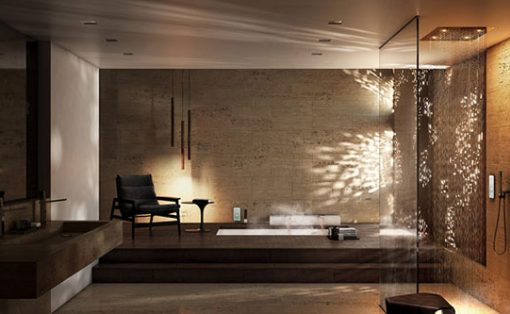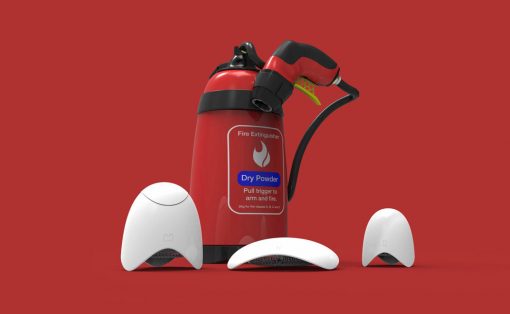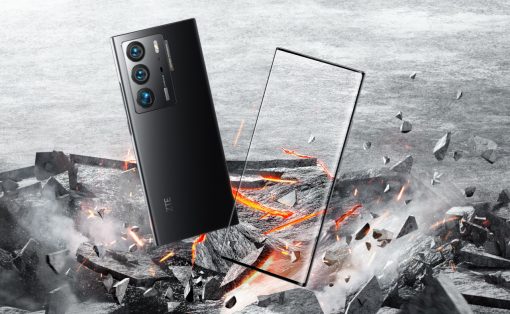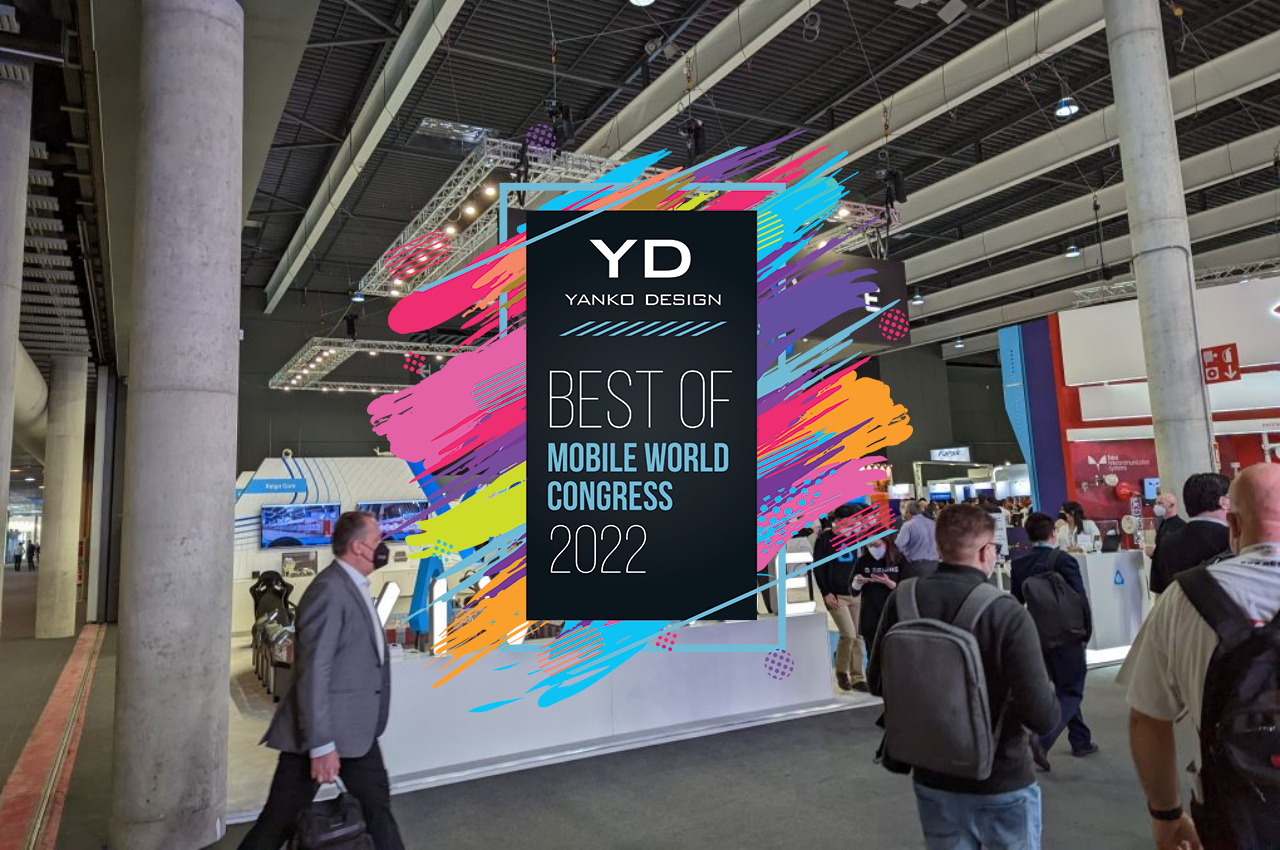
The Mobile World Congress this year is unsurprisingly filled with phones and Metaverse references, but producers and consumers are thankfully becoming more aware of the deeper impact these products have in our lives and on the planet.
Next to CES, MWC is an auspicious time for companies to show off their wares, especially those related to smartphones, tablets, and even the new “Metaverse.” Despite the onslaught of COVID-19 since 2020, the smartphone market shows no signs of declining, at least to a significant degree. After two years, MWC 2022 sees a return to face-to-face exhibits and interactions that almost feels surreal given previous events. It’s not as jam-packed and as frantic as before, but that’s not the only thing that’s different this year. There’s also an increased consciousness of the role that thoughtful product design plays in improving people’s lives, both directly and indirectly through sustainable products.
Like every year, a few of these designs and products manage to grab our attention more strongly than others. Some through their design, others through their commitment to the environment, while others are just plain fun or useful. Without further ado, here is Yanko Design’s Top 8 picks for MWC 2022, ranked!
1. OPPO Find X5 Pro
They say that beauty is in the eye of the beholder, and some smartphones are regarded to be beautiful, mostly from the standpoint of people who love gadgets and tech products. They are well-designed, of course, but few would probably be standout to a designer as a thing of beauty. The OPPO Find X5 Pro breaks out of the mold in more ways than one.

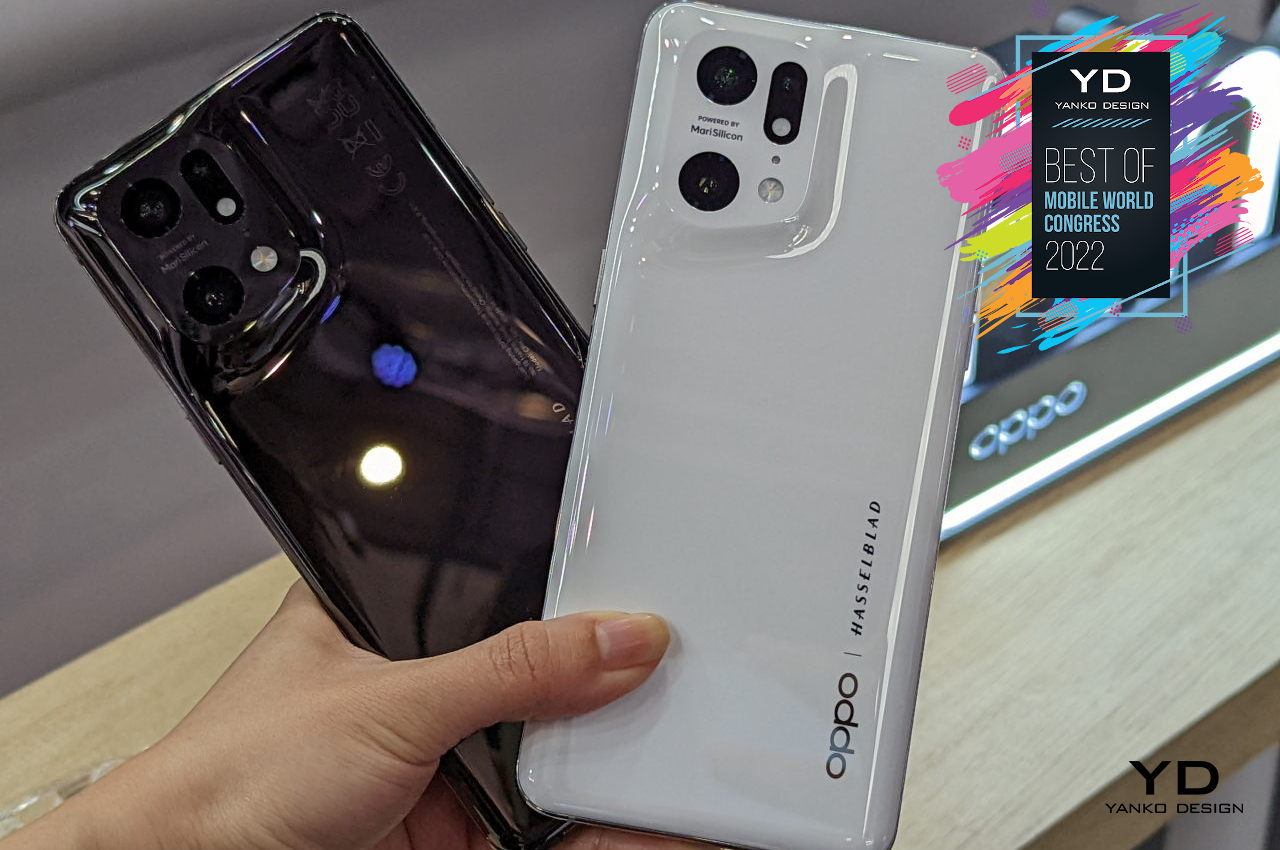
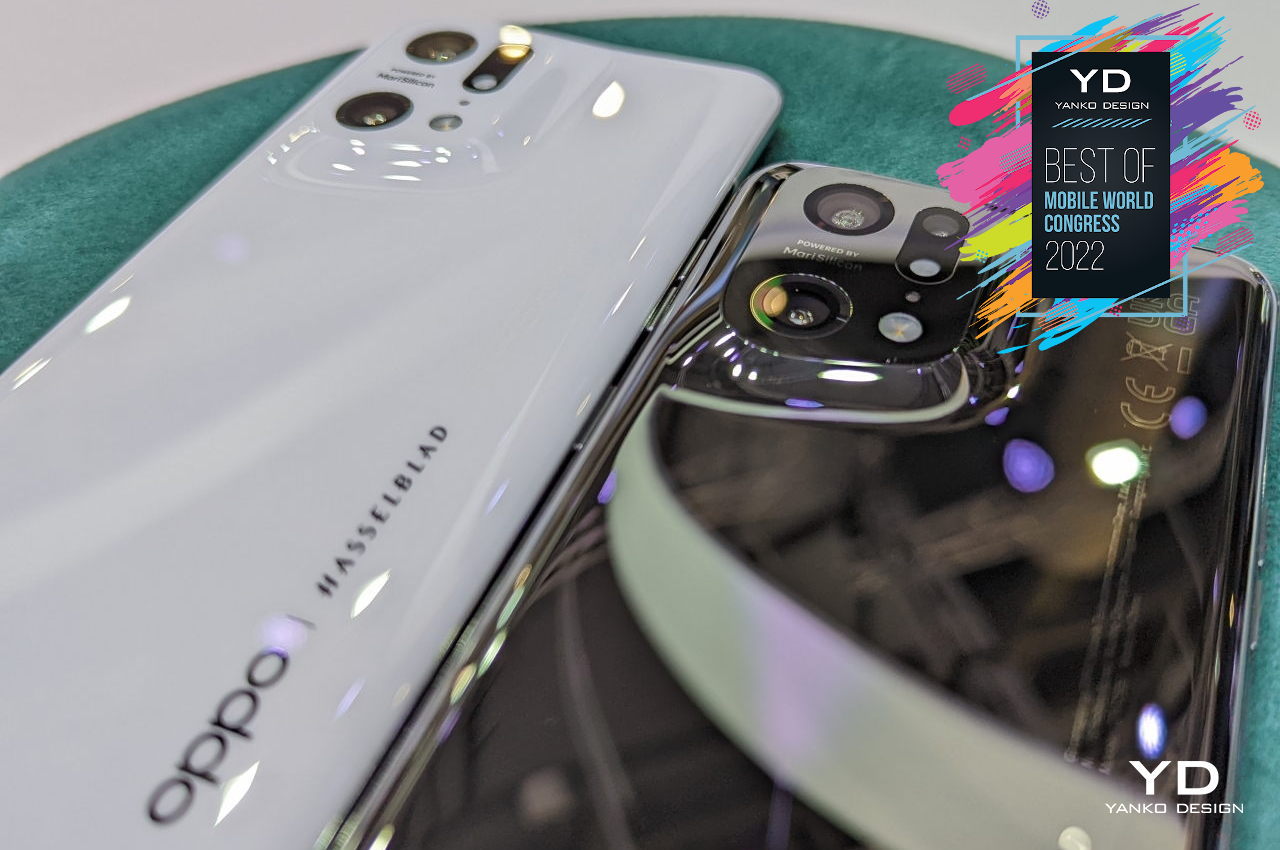
The phone’s design takes minimalism to heart without going overboard and ditching features. The cameras are still there, but they aren’t as in your face as most camera bumps are these days. The structure rises so smoothly and so softly from the surface of the phone, like a dune in a desert after a sandstorm. You have a single continuous form that looks and feels unbroken, even with the camera holes and branding.
OPPO’s choice of ceramic material also brings joy to the hands. The white colorway exudes an atmosphere of peace, while the black finish pulls you into its dark depths and into a meditative state. Both are sleek and clean, even if the black does become a fingerprint magnet. Wiping off those smudges can itself even become a mindfulness practice.
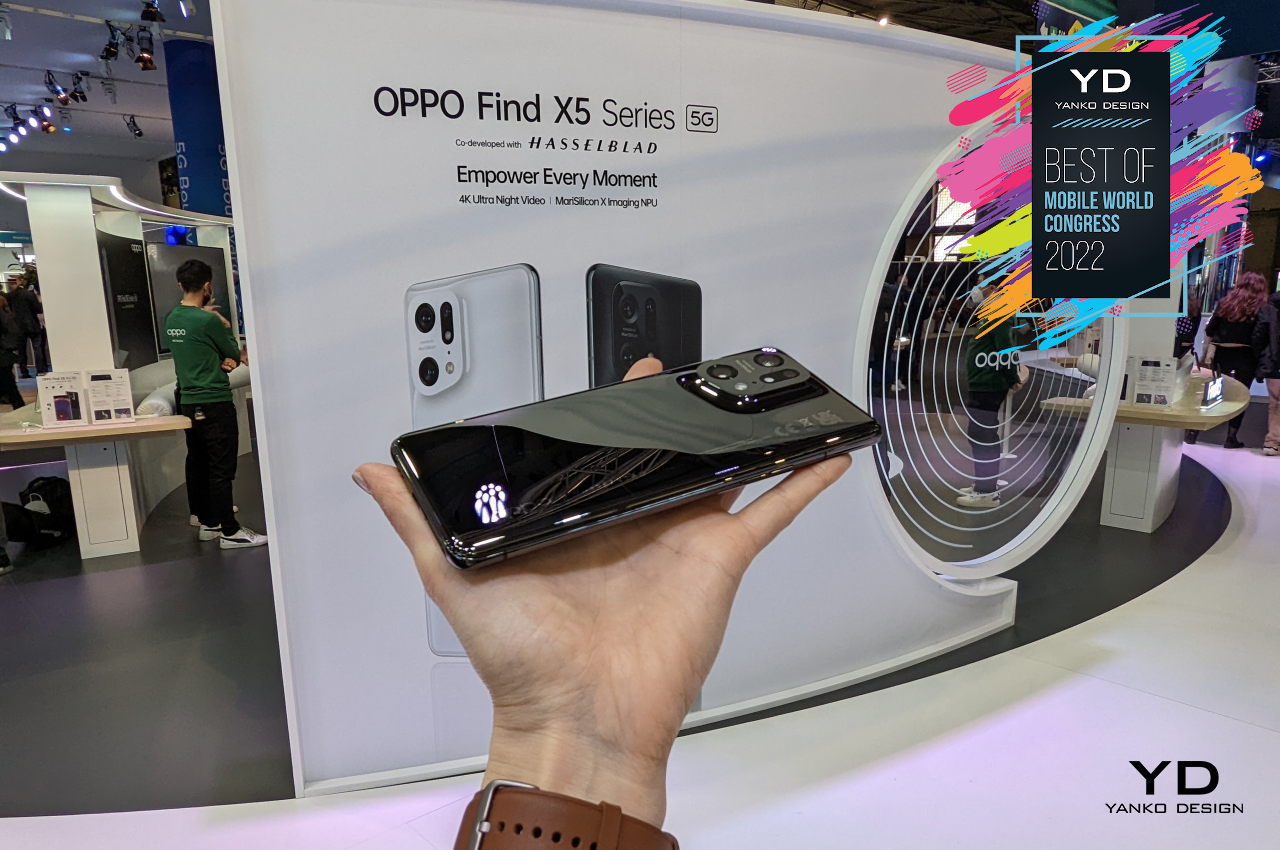
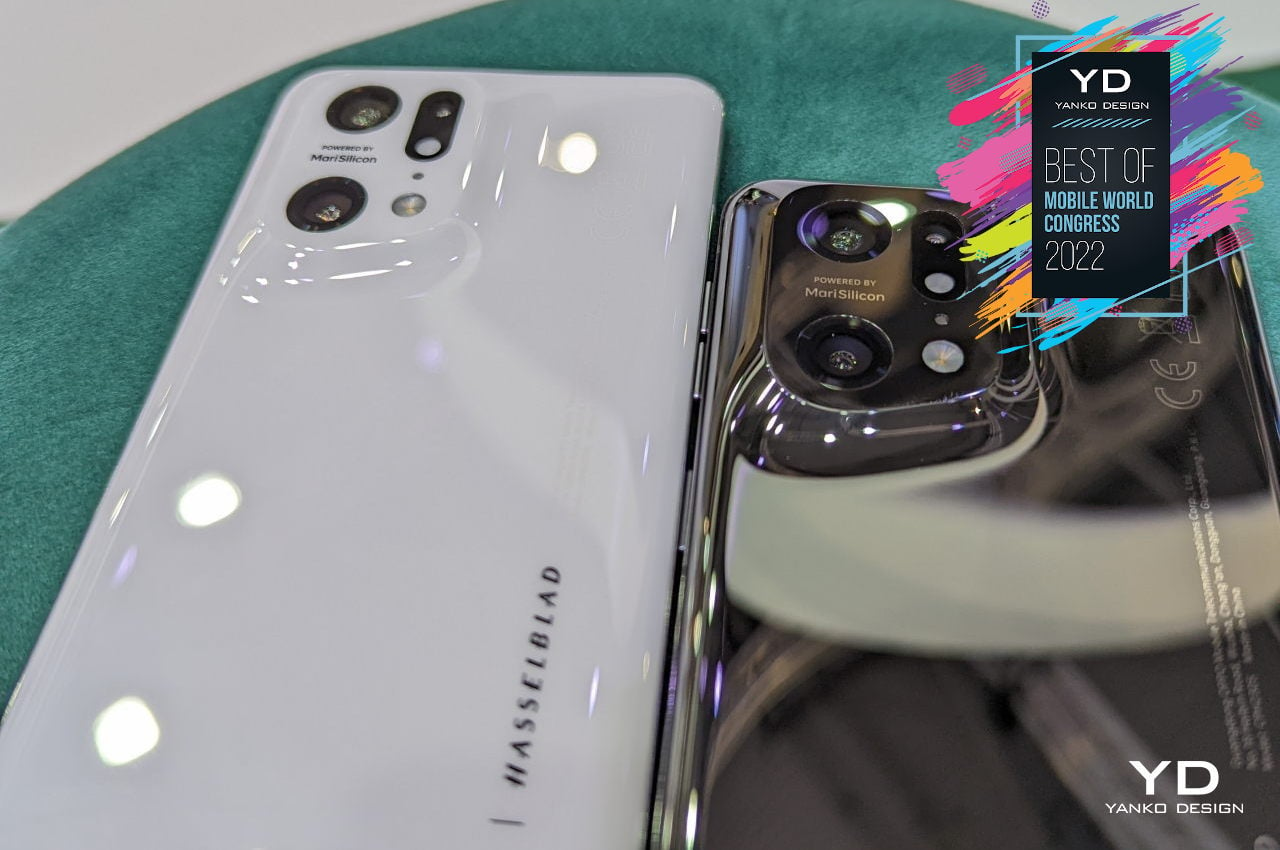
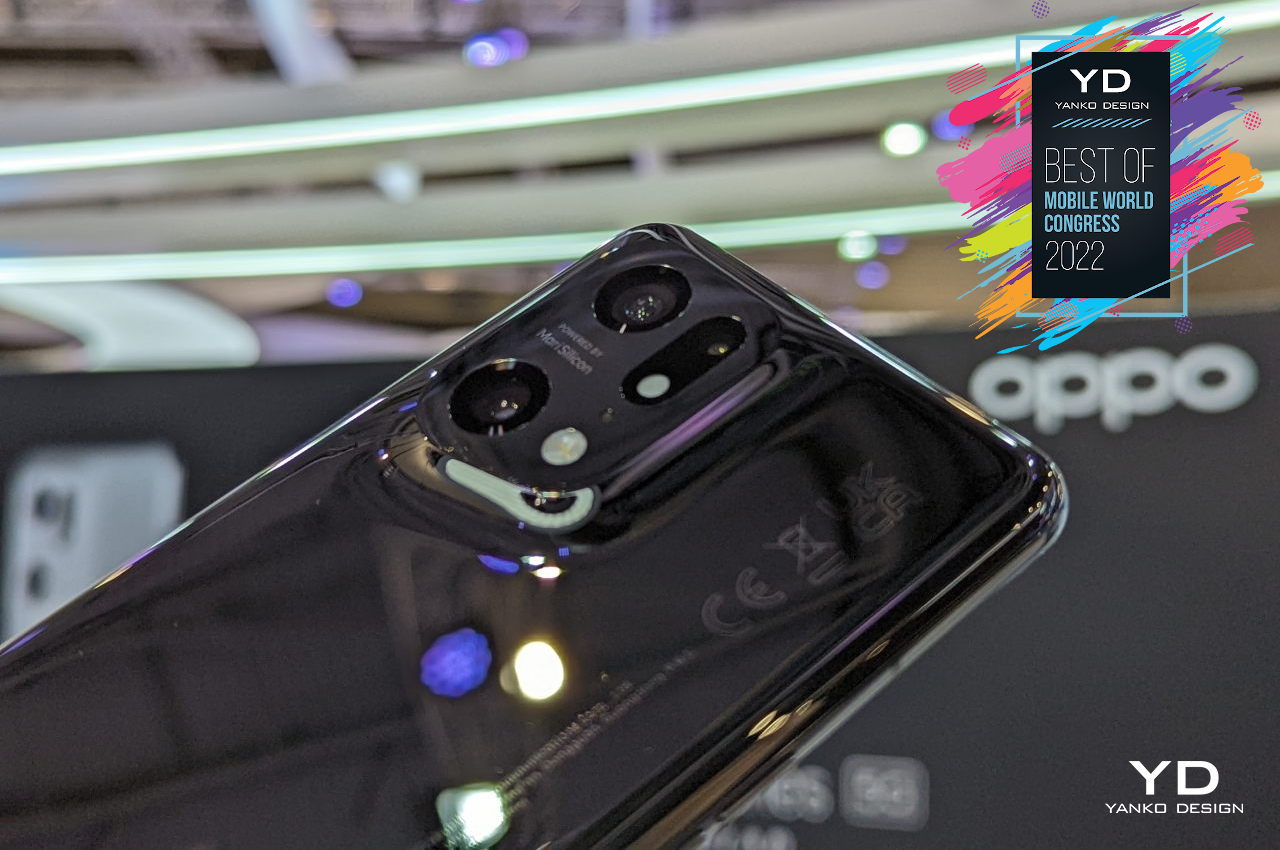
What makes the OPPO Find X5 Pro’s understated beauty even more compelling is its relevance. We live very busy lives in an ever-changing world that’s still recovering from two chaotic years. Smartphones have become our faithful companions and weapons in navigating this world, but they have also become sources of stress and, in some cases, addiction. OPPO’s “futuristic” design actually goes back in time and back to the basics, offering an oasis of calmness and comfort for the eyes, the hands, and the mind.
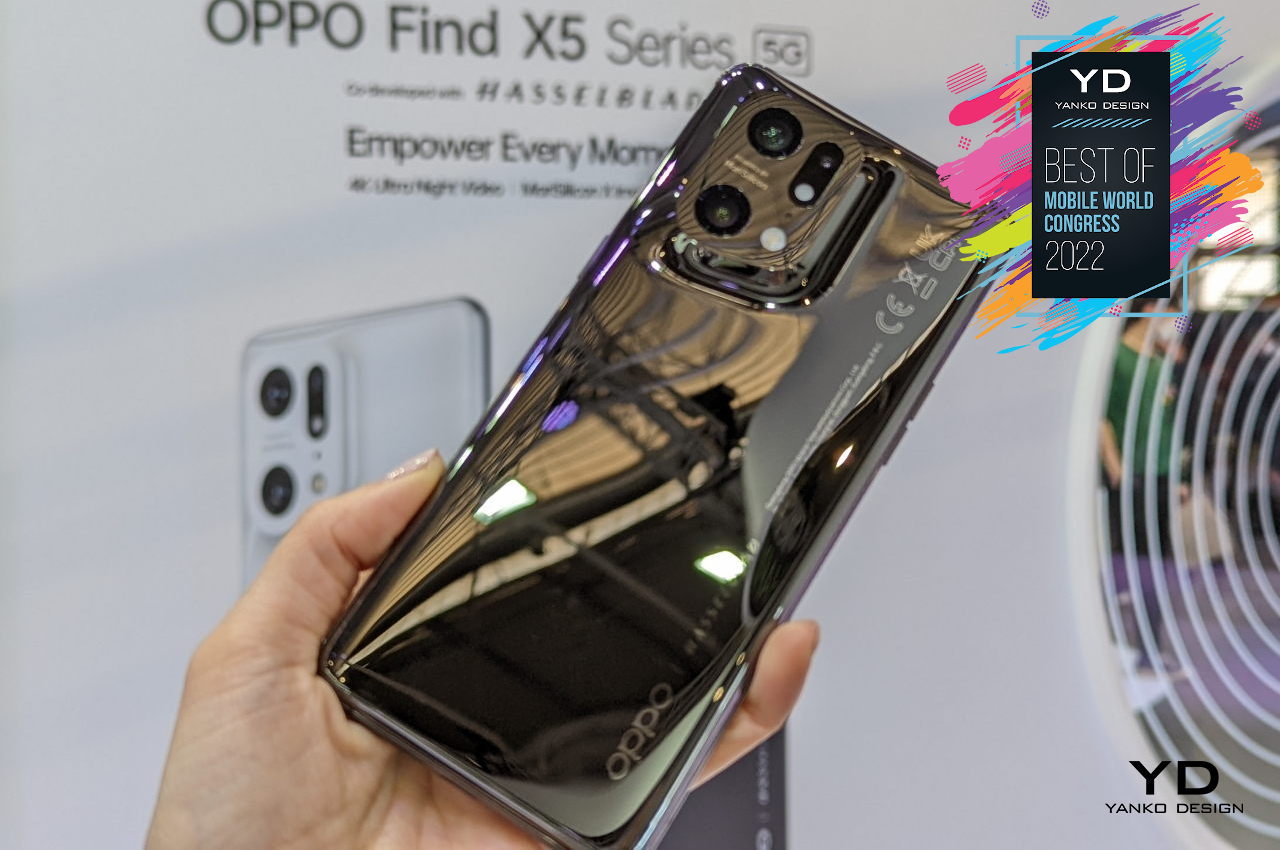
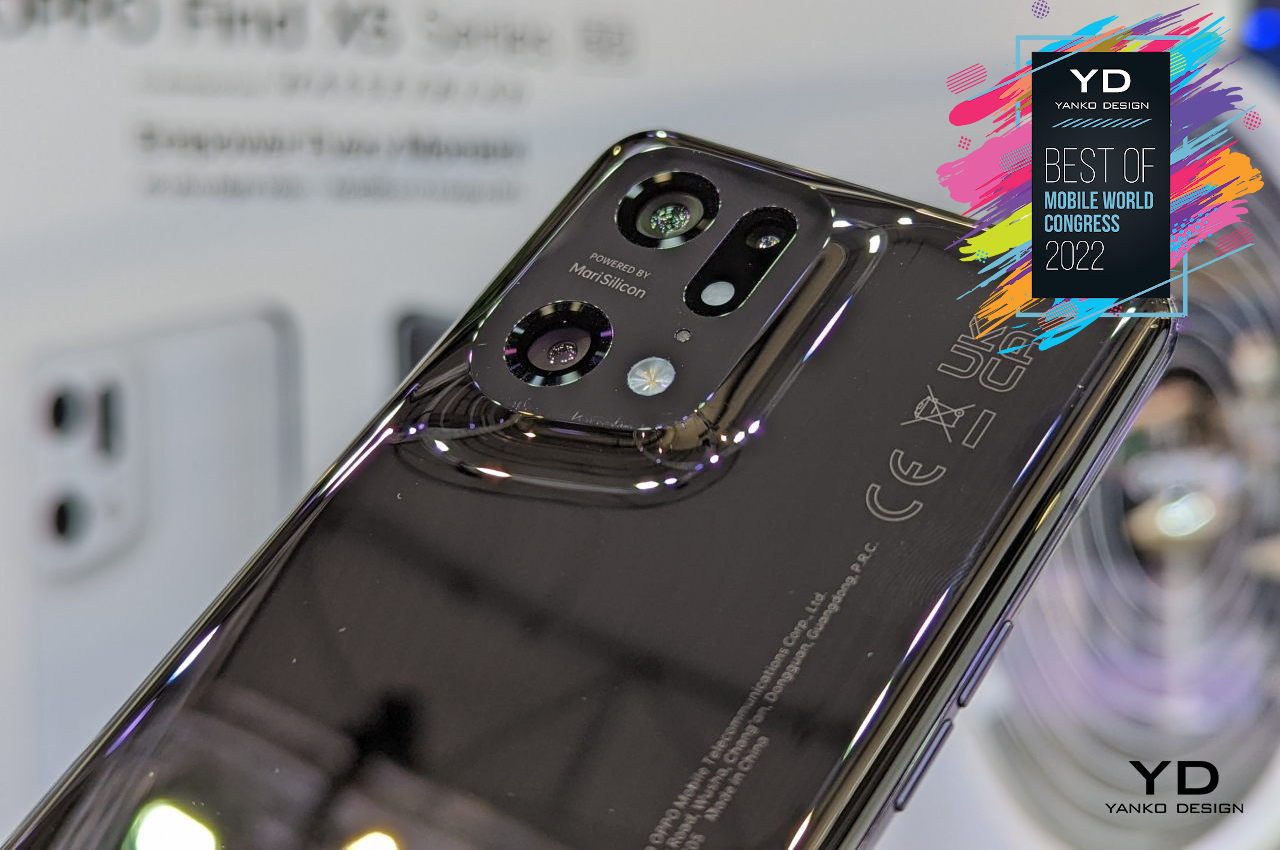
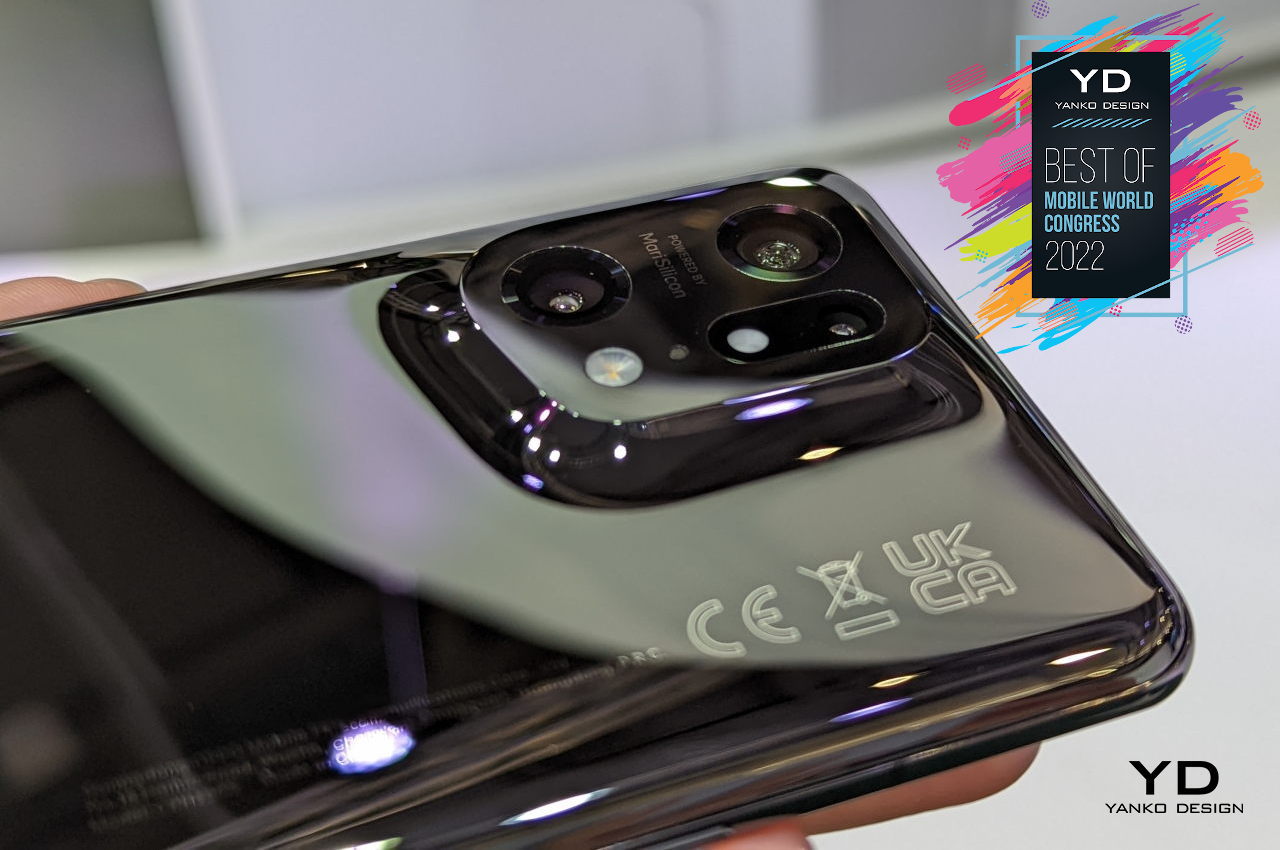
Designer: OPPO
2. Realme GT2
Realme gets the silver medal for the GT2 and GT2 Pro phones not in the uniqueness of their designs but for the boldness of their statement. True, the Paper White and Paper Green models of these phones do have unique patterns and textures that try to recreate the look and feel of paper, but that pales in comparison to the message that the design is trying to send.
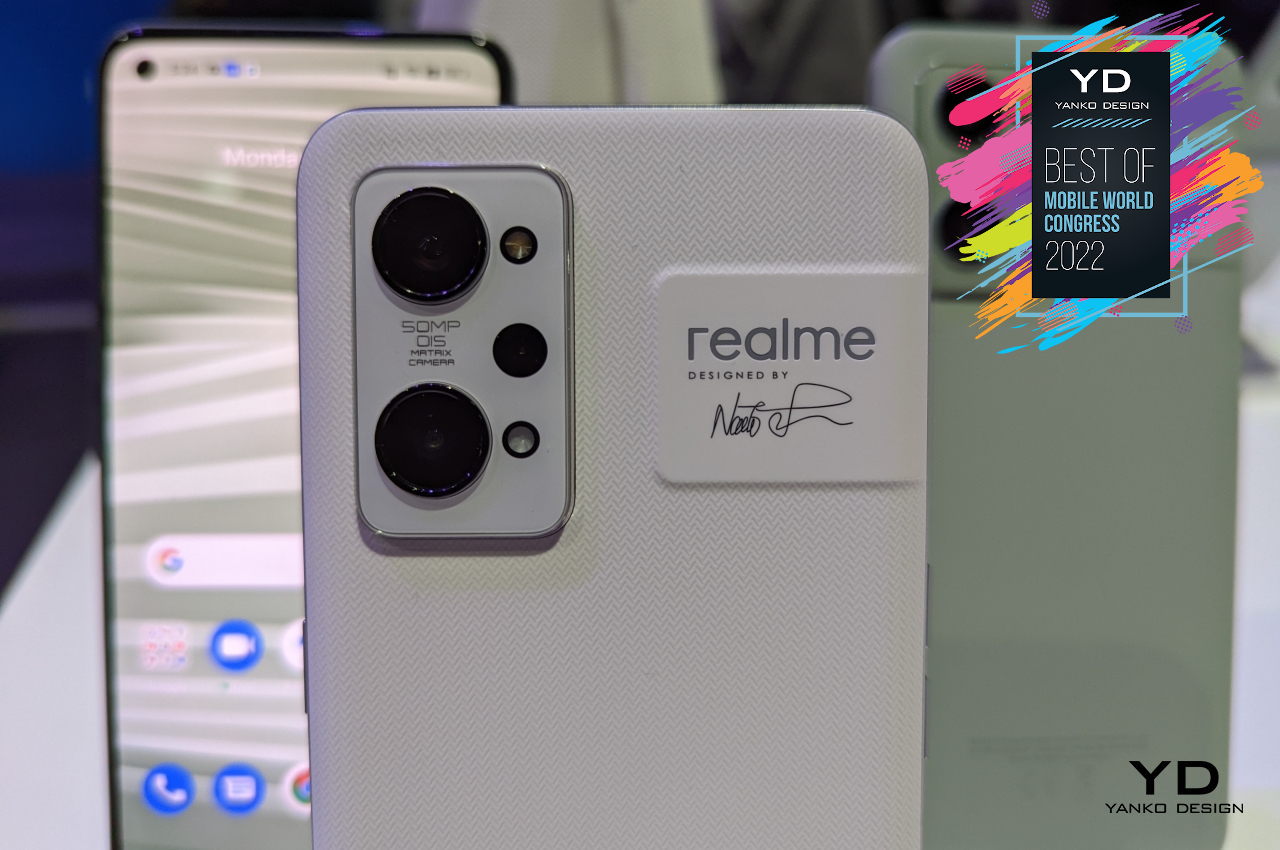
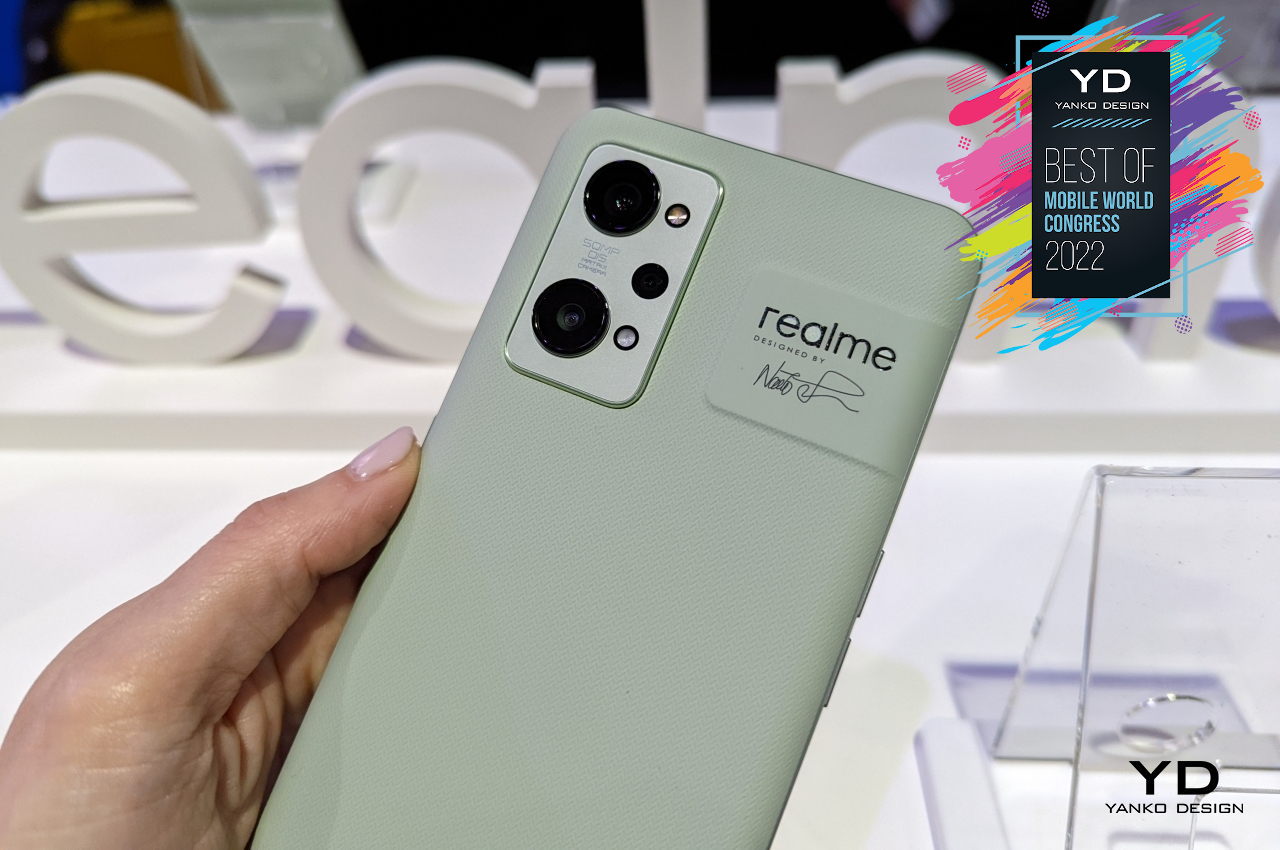
Taking inspiration from paper and other sustainable materials, Realme adopted a bio-based polymer to create the shell of these two colorways. Although the phone is far from being recyclable, the novel material significantly reduces the carbon emission overhead of producing these phones. The Realme GT2 is only the second of two phones boasting a TCO 9.0 certification for its positive impact on the environment.
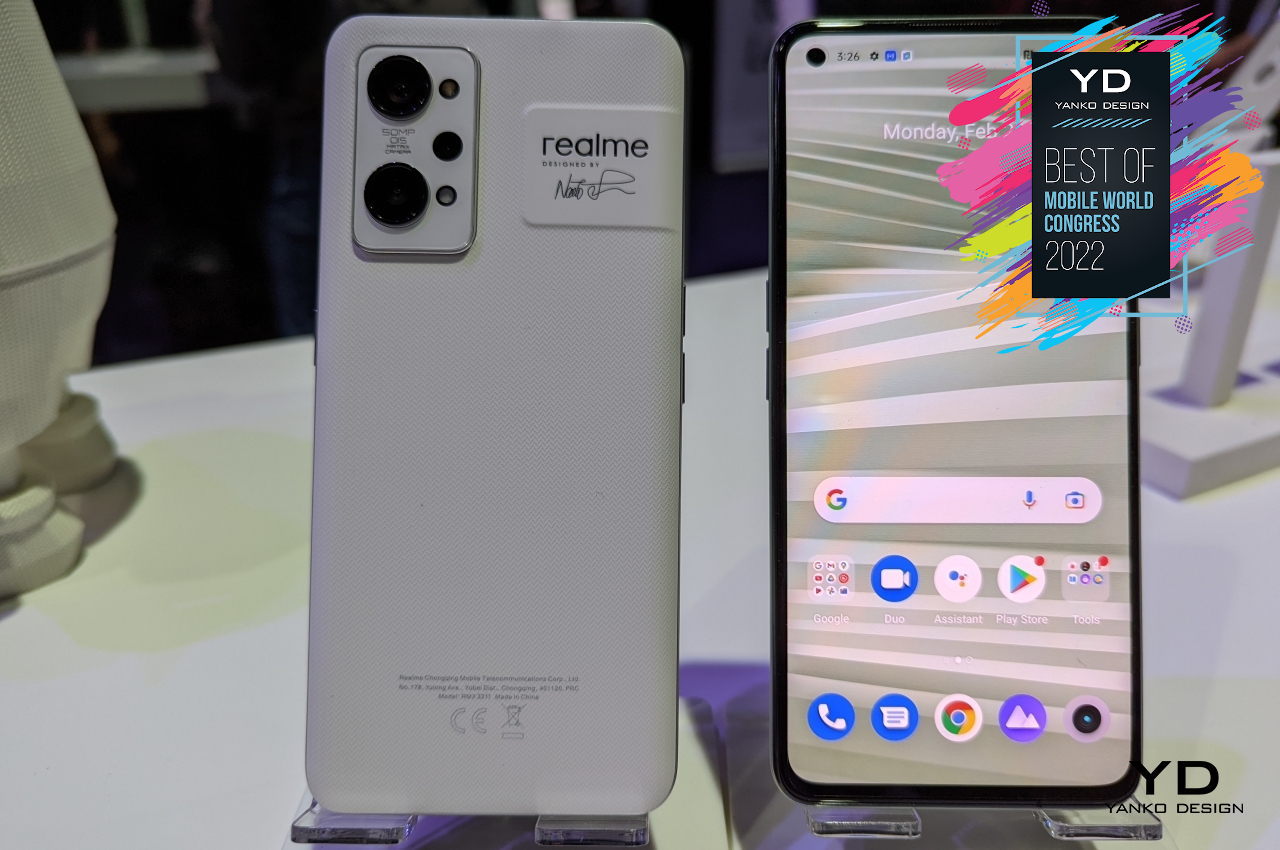
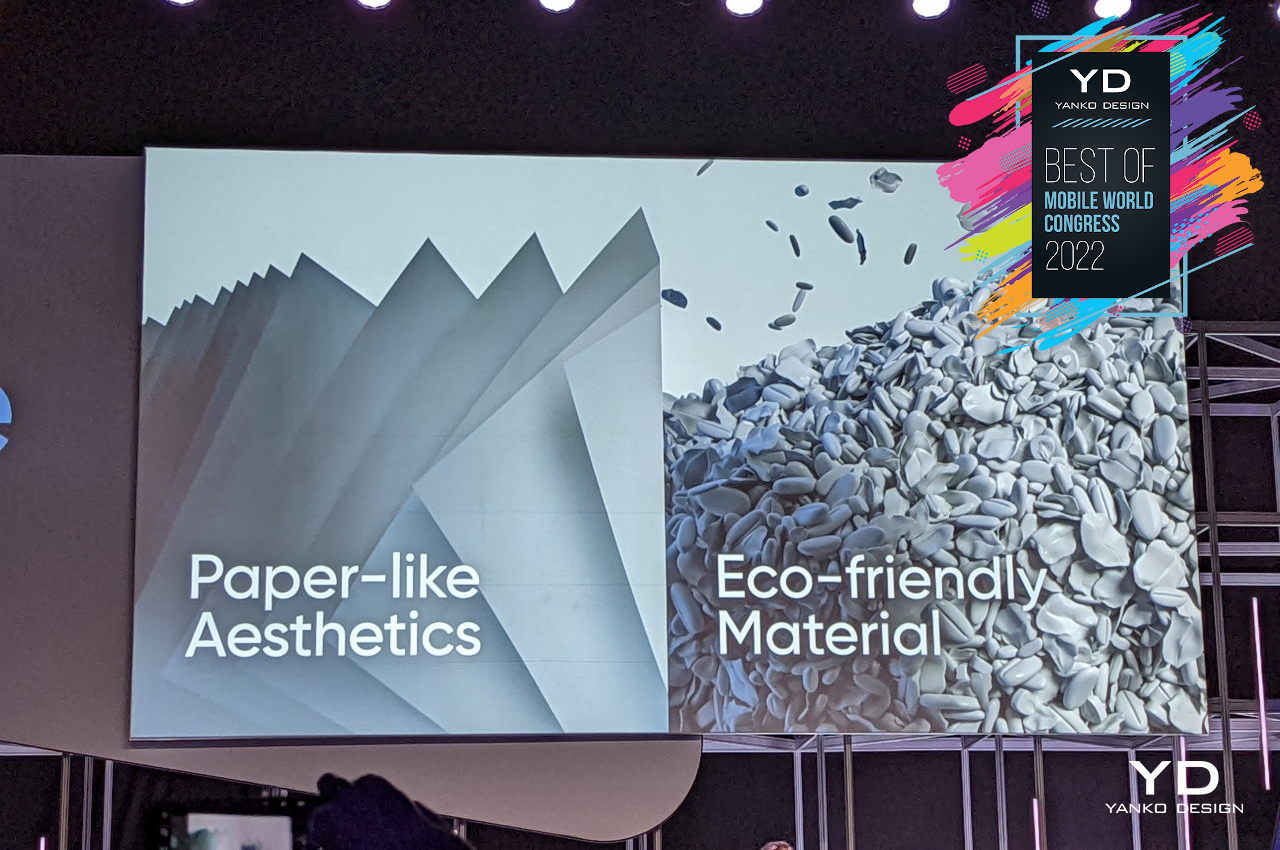
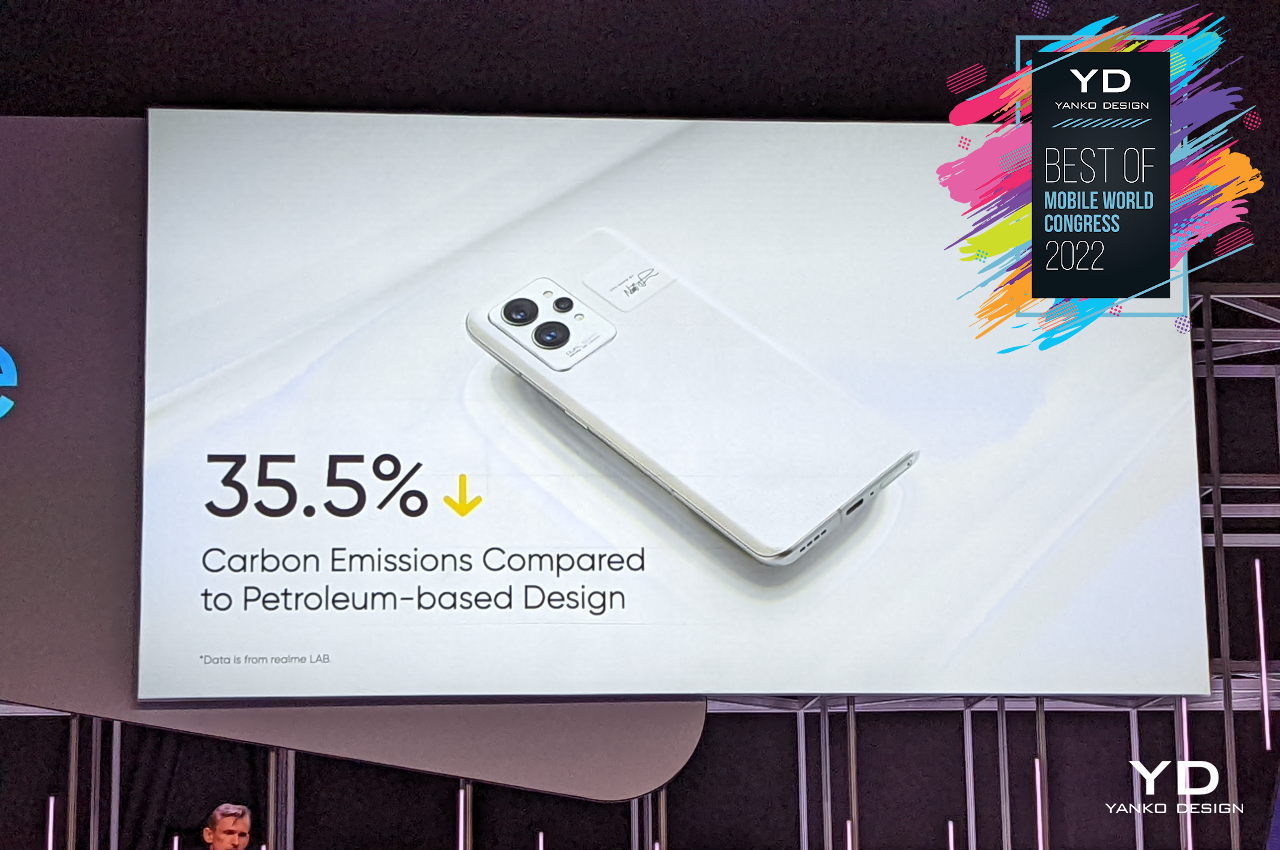
This bio-based polymer might be a one-off thing, but Realme is at least making a lot of noise about its other efforts to create a greener tomorrow. Like many smartphone makers these days, it is reducing the amount of plastic in its packaging and increasing its use of sustainable materials. With the Realme GT2 series, it’s also committing to planting a tree for every phone sold. As one of the fastest-growing smartphone brands in the market, it has a big responsibility in creating awareness and doing its part to help protect the environment. It deserves major props for getting the ball rolling in this arena.
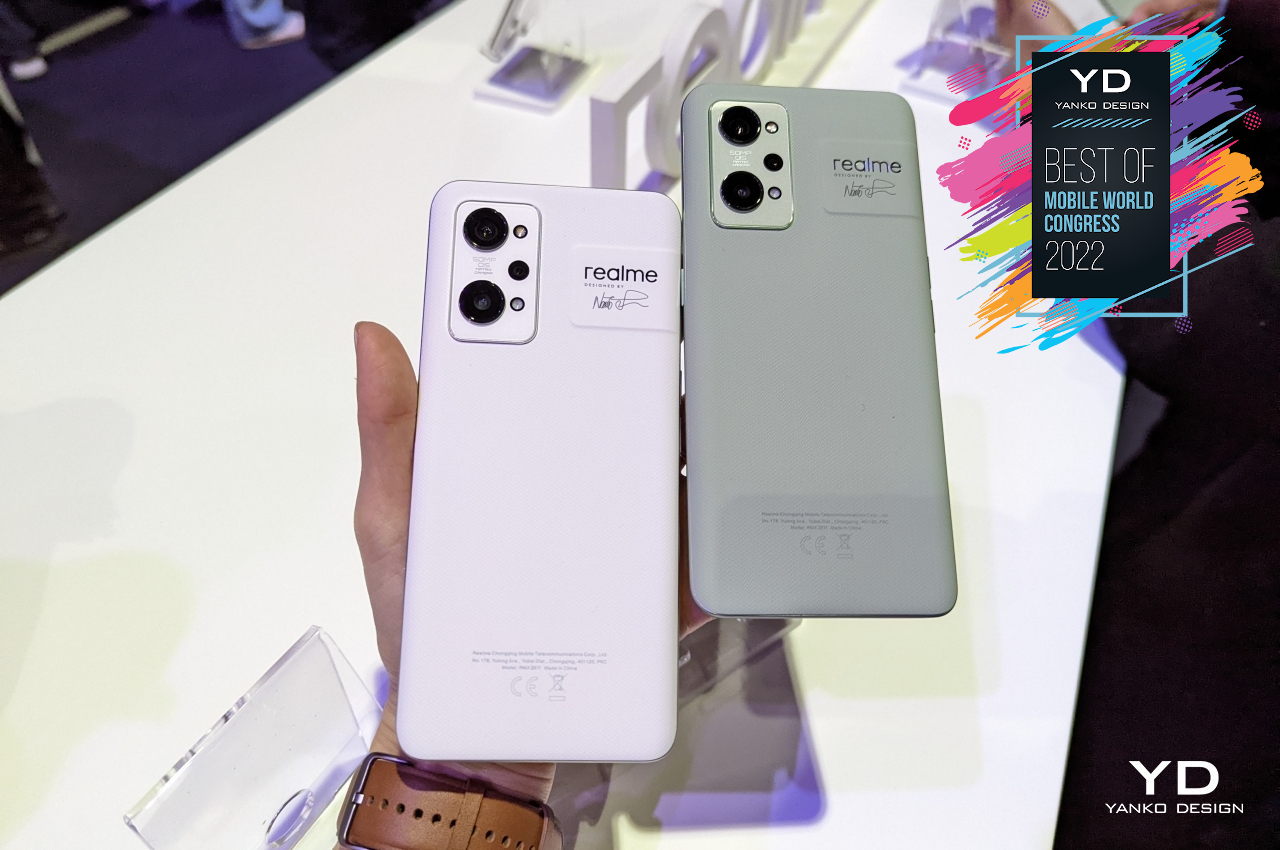
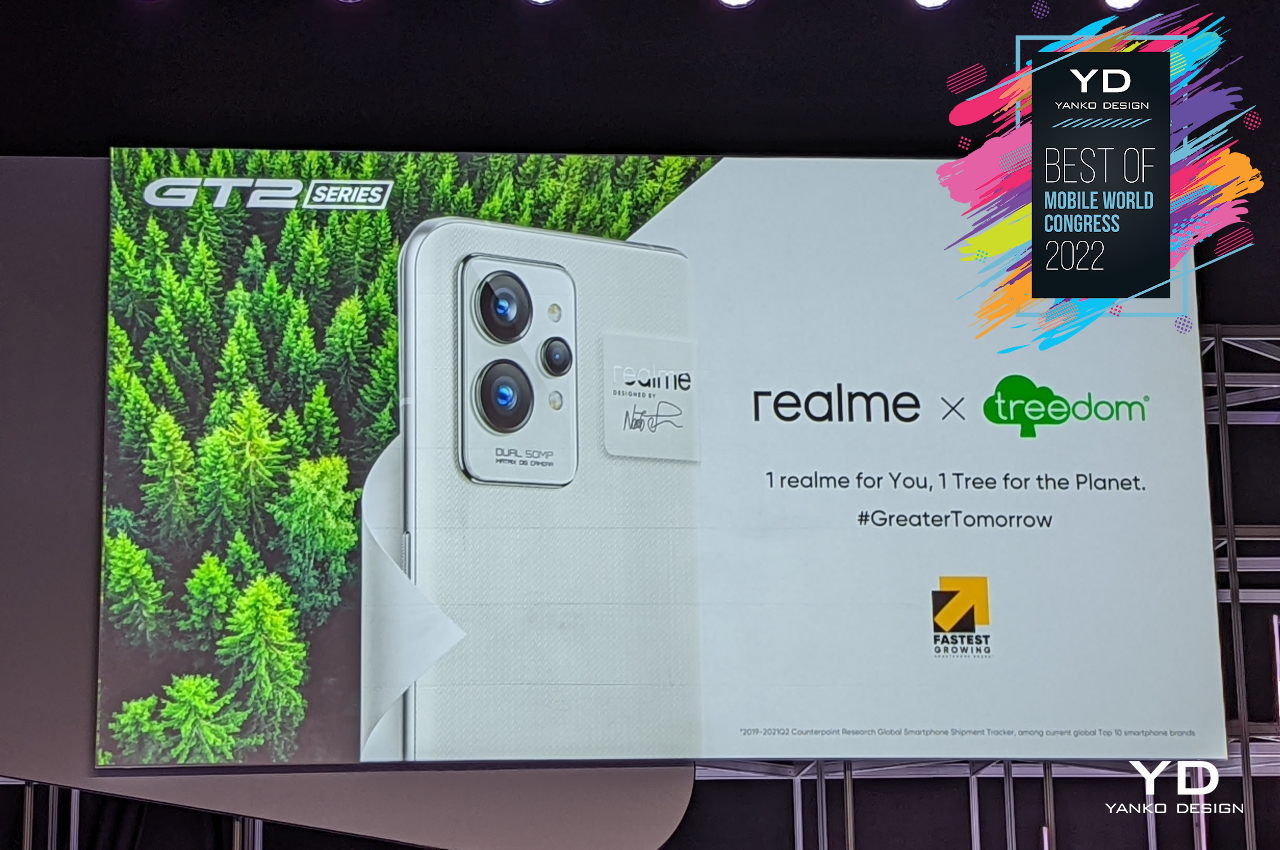
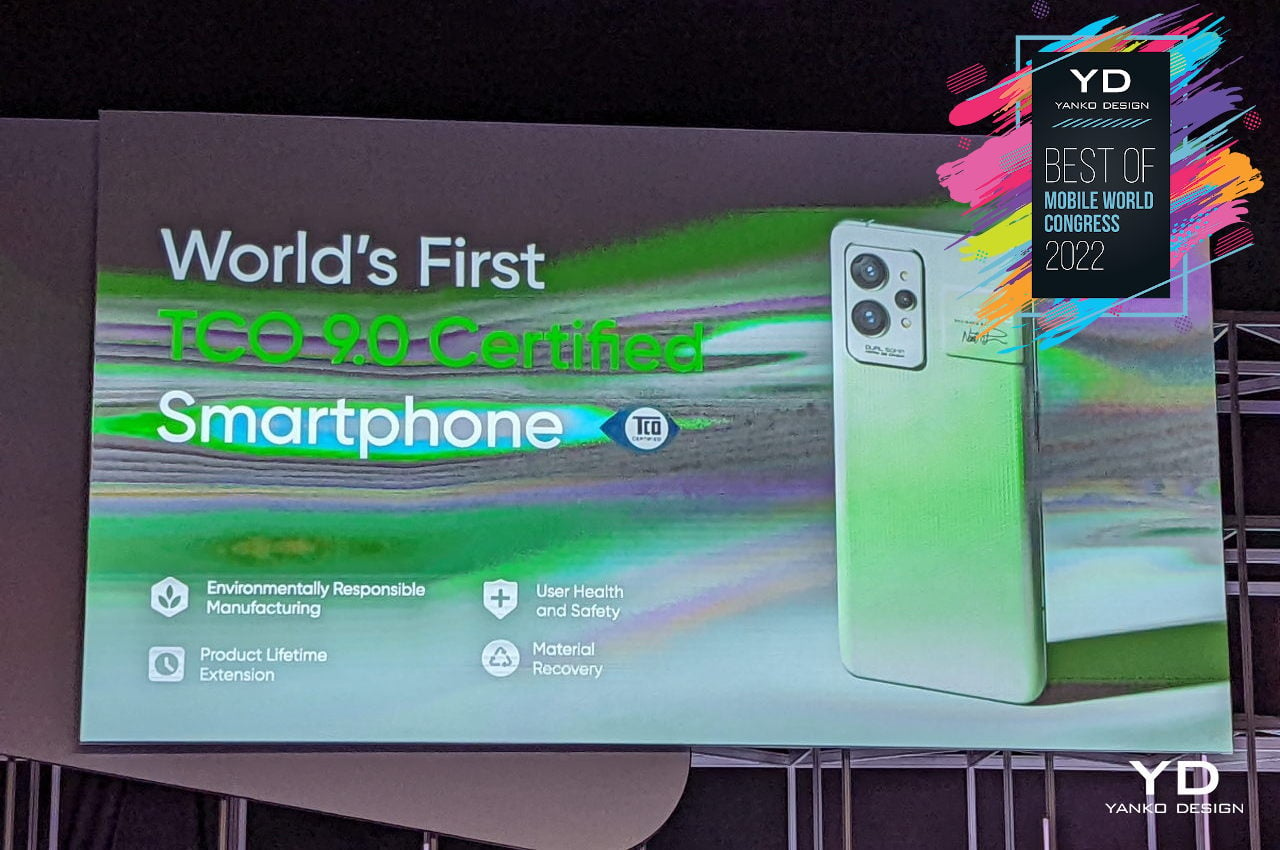
Designer: Naoto Fukasawa for Realme
3. TCL Ultra Flex
Foldable phones are going to be around for a while, even if they won’t become the future. The new experiences it enables are both exciting and challenging, especially for designers. We’re still a few hundred steps away from the perfect foldable screen, which makes it the perfect time for designers and manufacturers to play around with new ideas and test out prototypes.
Samsung and LG aren’t the only ones having fun with deformable screens, of course. TCL is right up there with some even crazier ideas that actually become working prototypes. It hasn’t sold any of that technology yet, though, or at least the flexible screens it has been developing. That gives it at least more time and leeway to bring more ideas to light, including this one it showed off at MWC 2022.
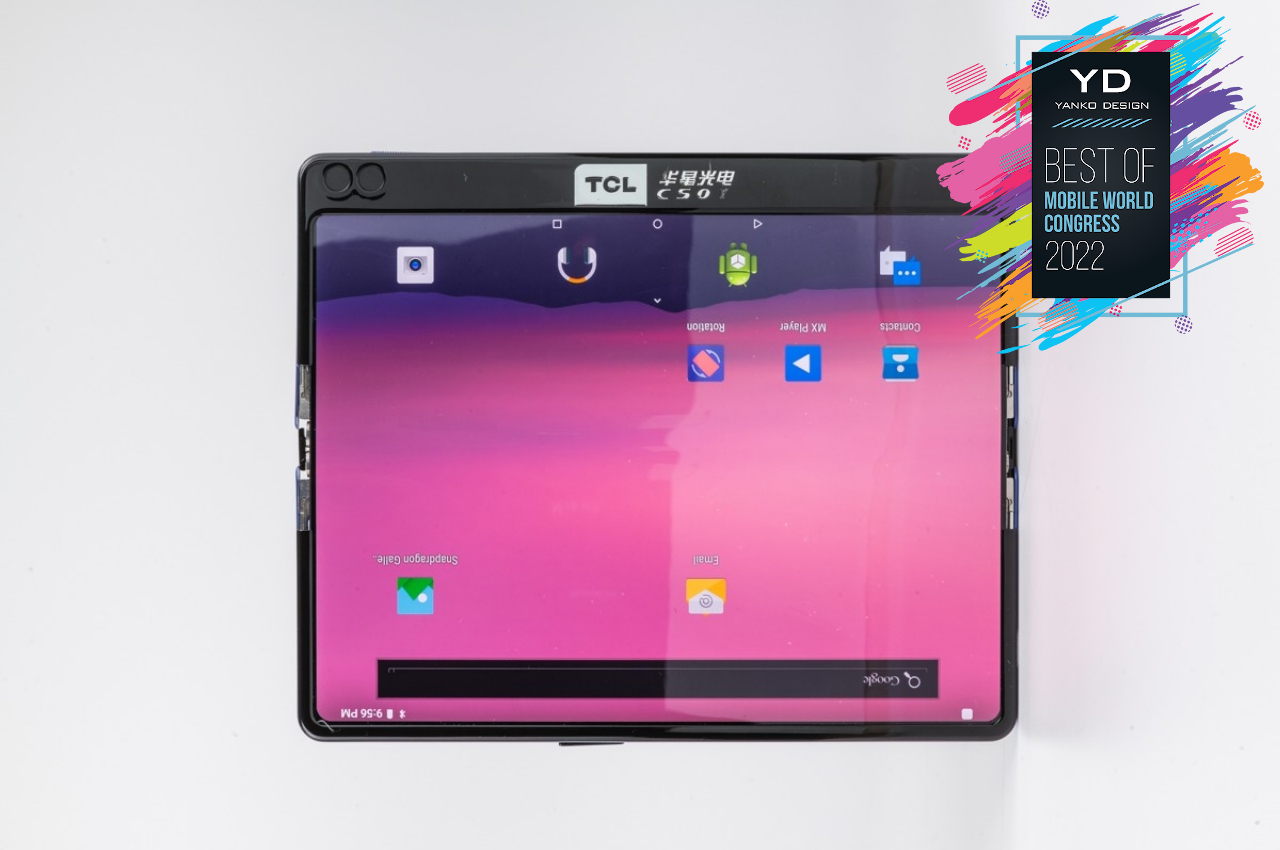
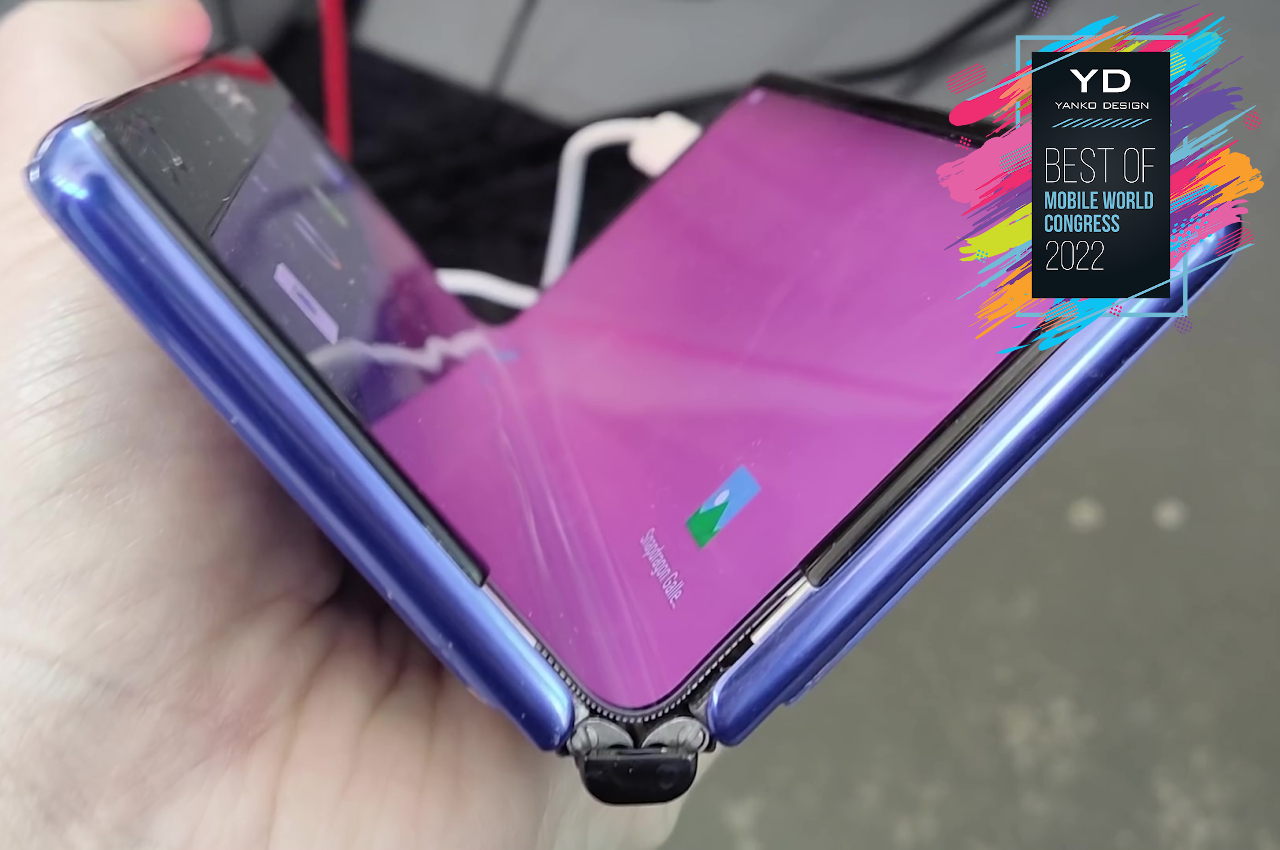
Foldable phones seem to have adopted Samsung’s “innie” design, where the flexible screen folds inward like a book, protected by the phone’s external frame. It’s not the only way to fold, of course, but it is currently the winner, despite requiring an extra screen on the outside to make the phone usable even when folded. Some think that allowing a screen to fold in and out would be the ideal option, leaving the owner to decide which method is best, and that’s exactly what the TCL Ultra Flex tries to do.
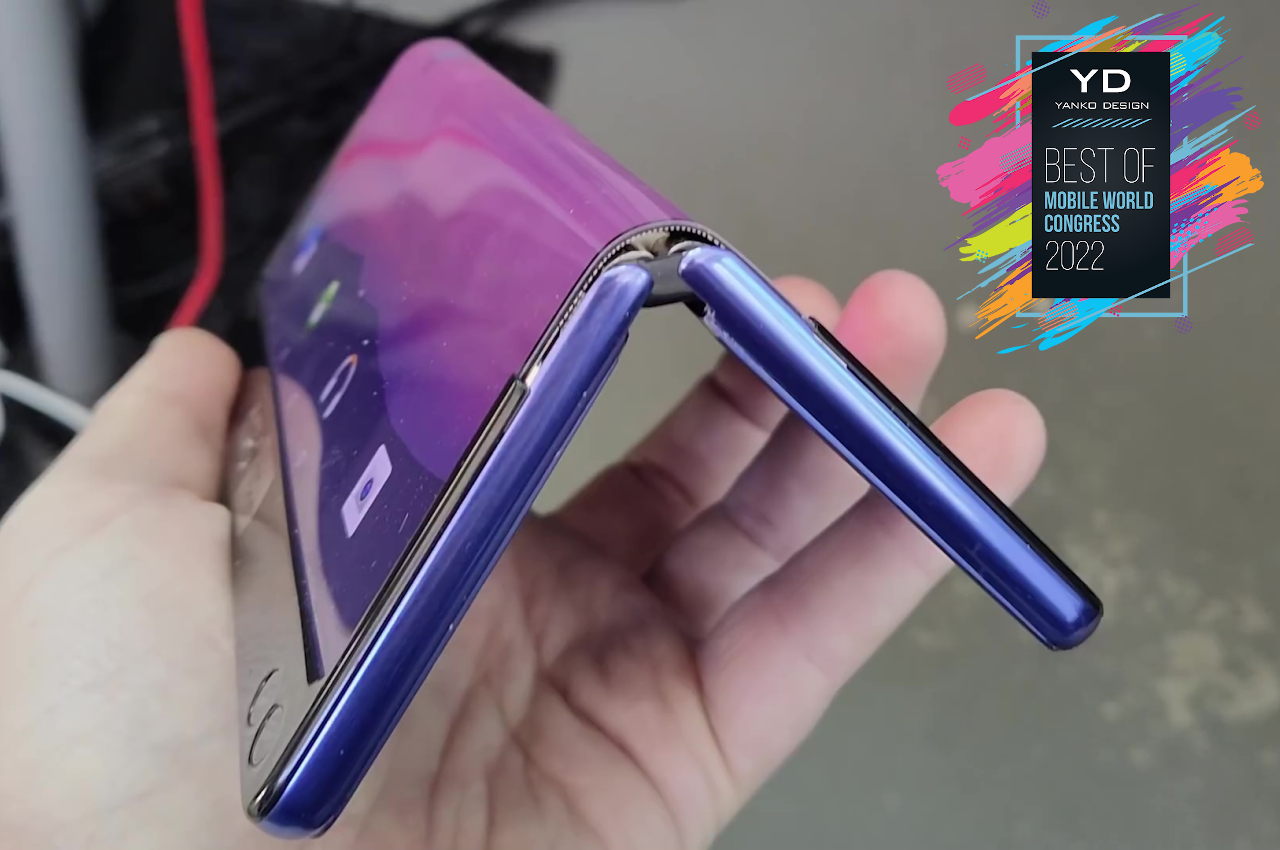
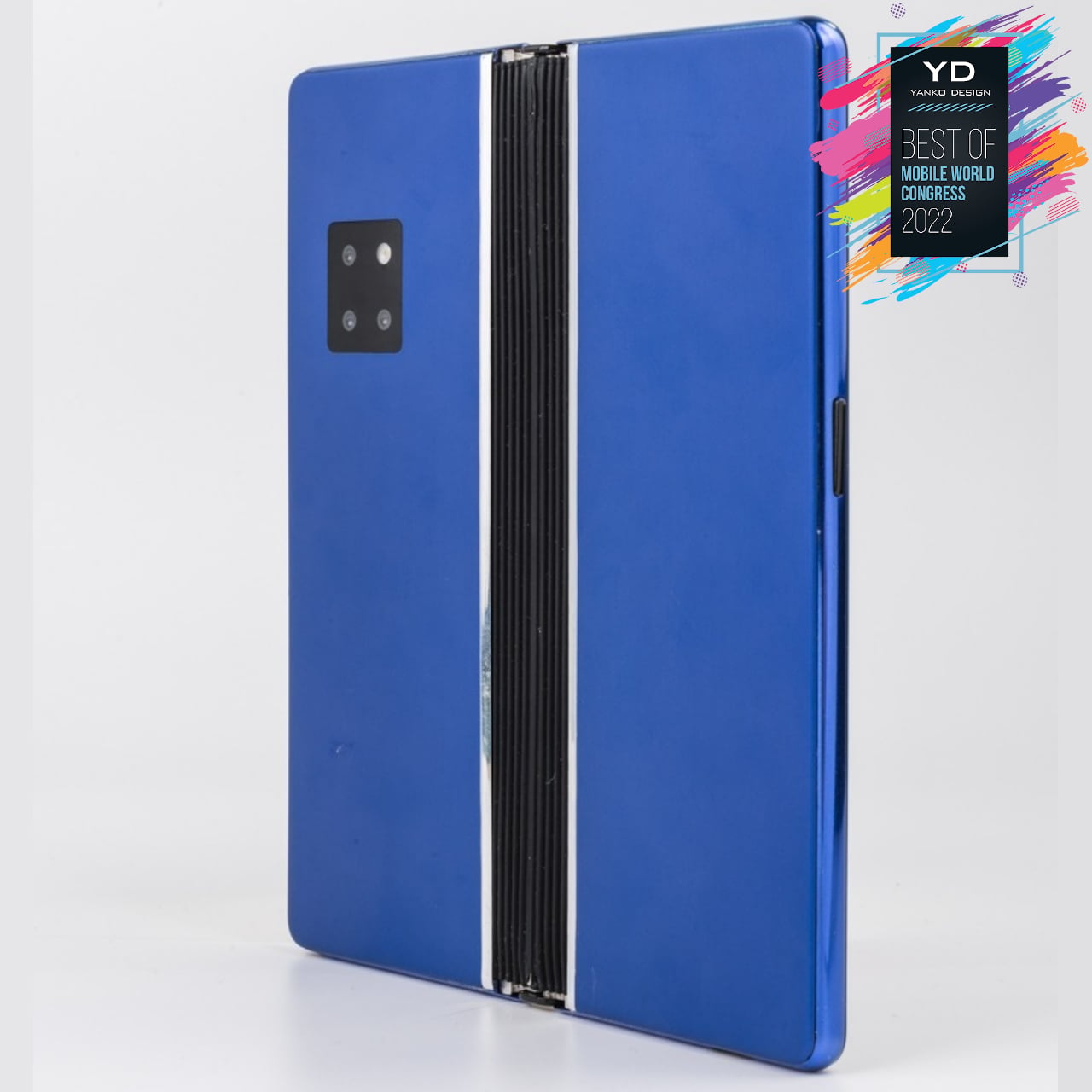
As a prototype, it’s not exactly the prettiest nor the most usable, but it does try to prove that it can be done. Of course, there remain many questions about its durability, not to mention its economy, but there’s plenty of time for the company to figure that out. Once it does, TCL will have the opportunity to shape the foldable device market and, consequently, shape the new experiences that these devices will offer.
Designer: TCL
4. Huawei MatePad Paper
Tablets are making a comeback, especially from the Android side. These increasingly larger slates are getting more powerful to the point that they are being positioned as laptop replacements. Tablets, however, do have new competition in the form of more powerful and more talented e-book readers, often called eReaders. Huawei, however, is putting a different spin on that idea and is targeting a very specific and probably niche market.
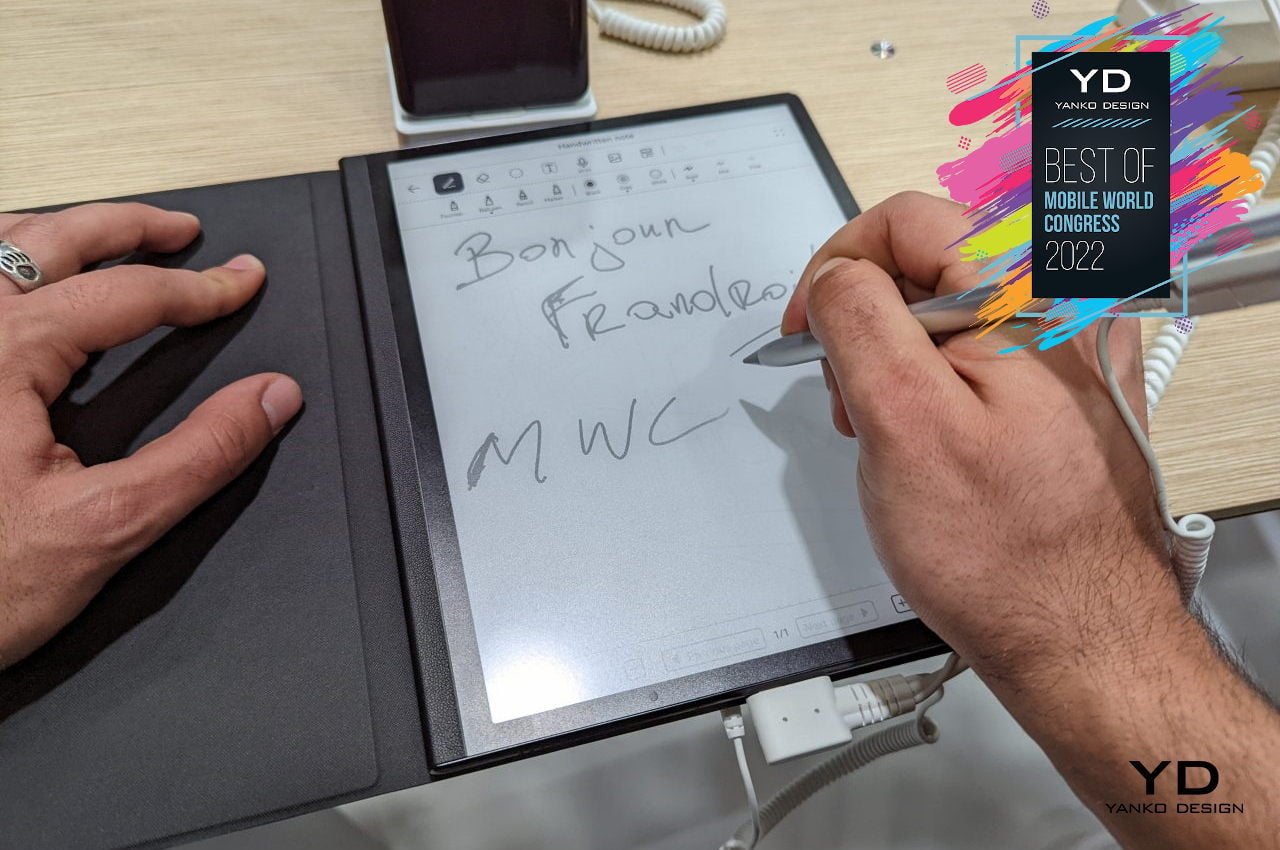
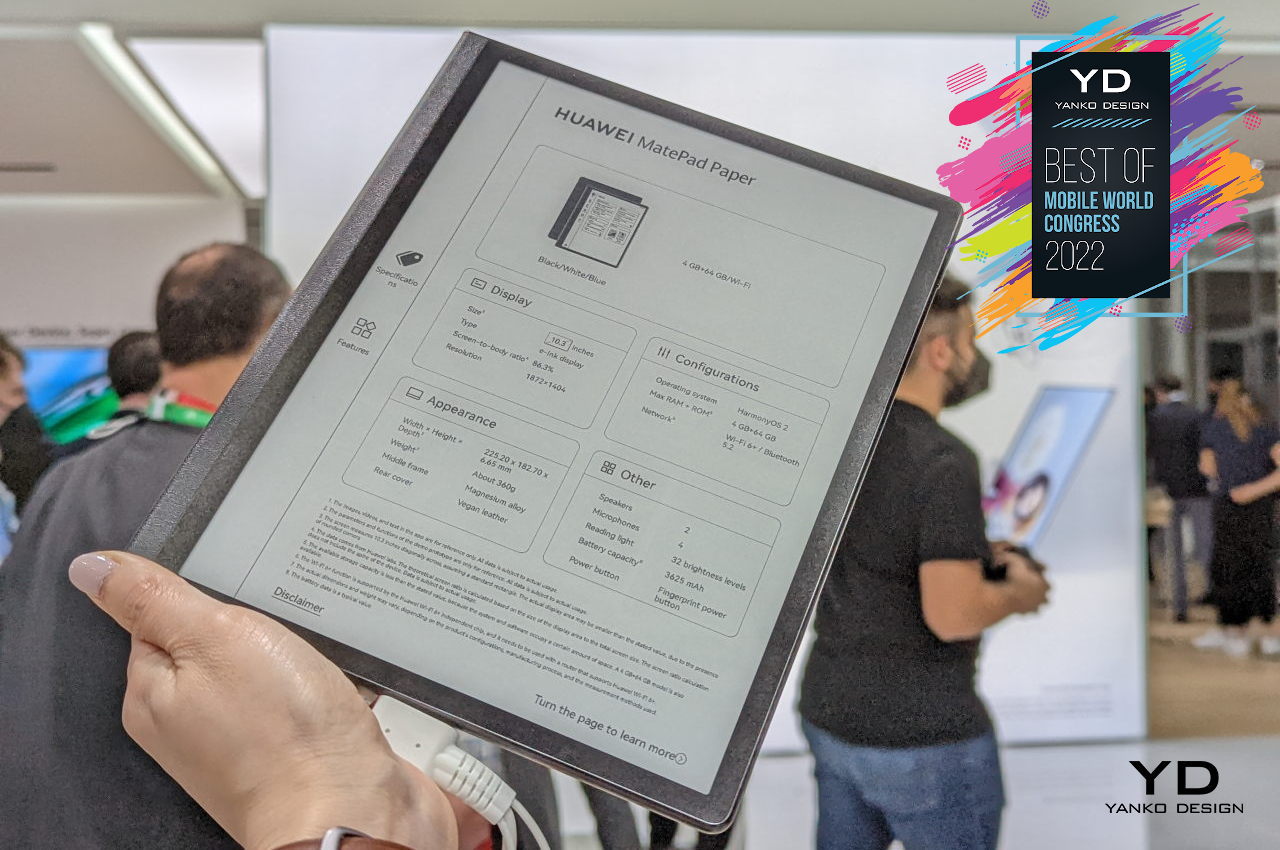
The Huawei MatePad Paper does come with the trappings of a typical e-book reader, one that uses the popular E-Ink display to give your eyes and the device’s battery a well-deserved reprieve. What makes this new contender different is that reading is actually just its secondary purpose. Its primary goal is to replace your paper notebook instead.
That is definitely a tall order, especially with so many expectations coming from die-hard pen and paper users. You can really only do so much to try and replicate the feel of pen or pencil writing on a material like paper using a plastic stylus nib and glass. Huawei has made a good approximation, but the MatePad Paper’s features try to make up for whatever flaw there is in that experience.
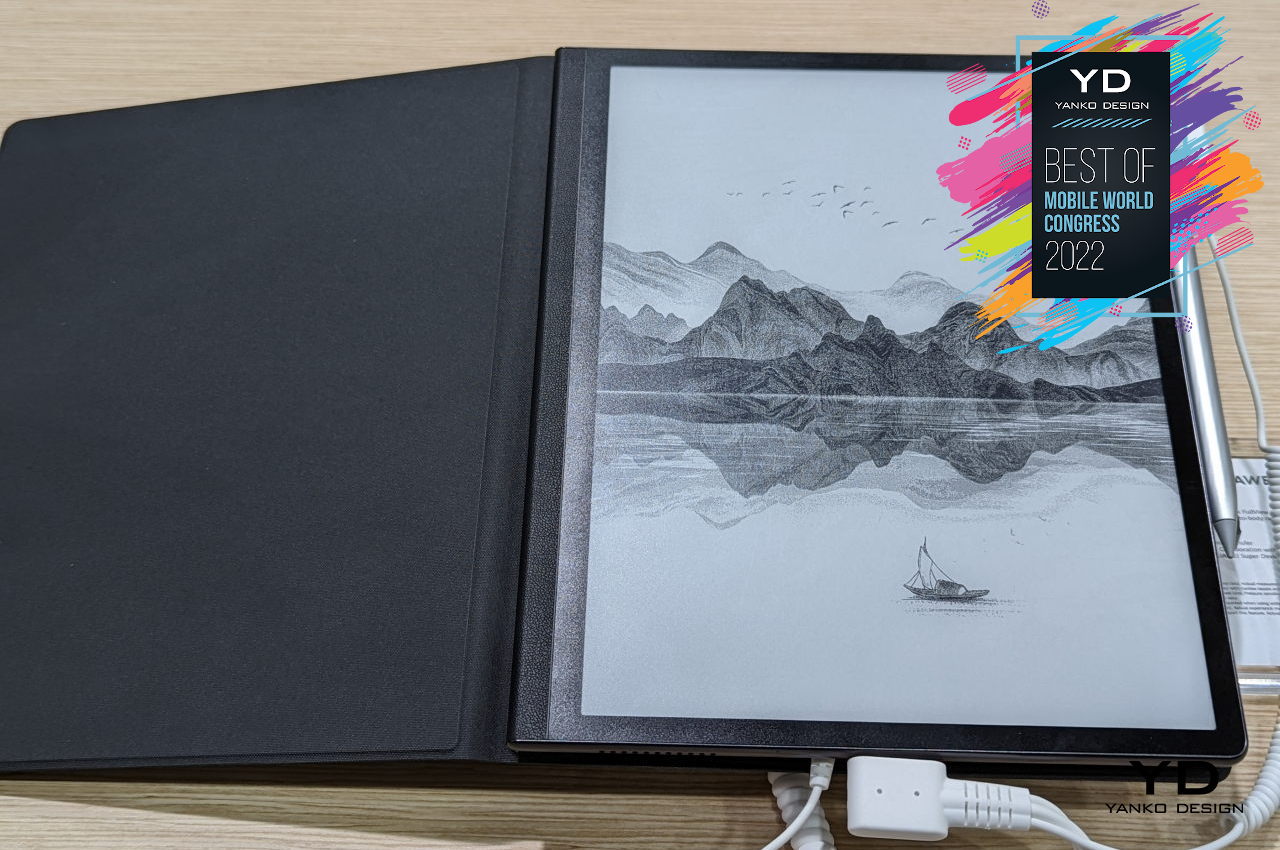
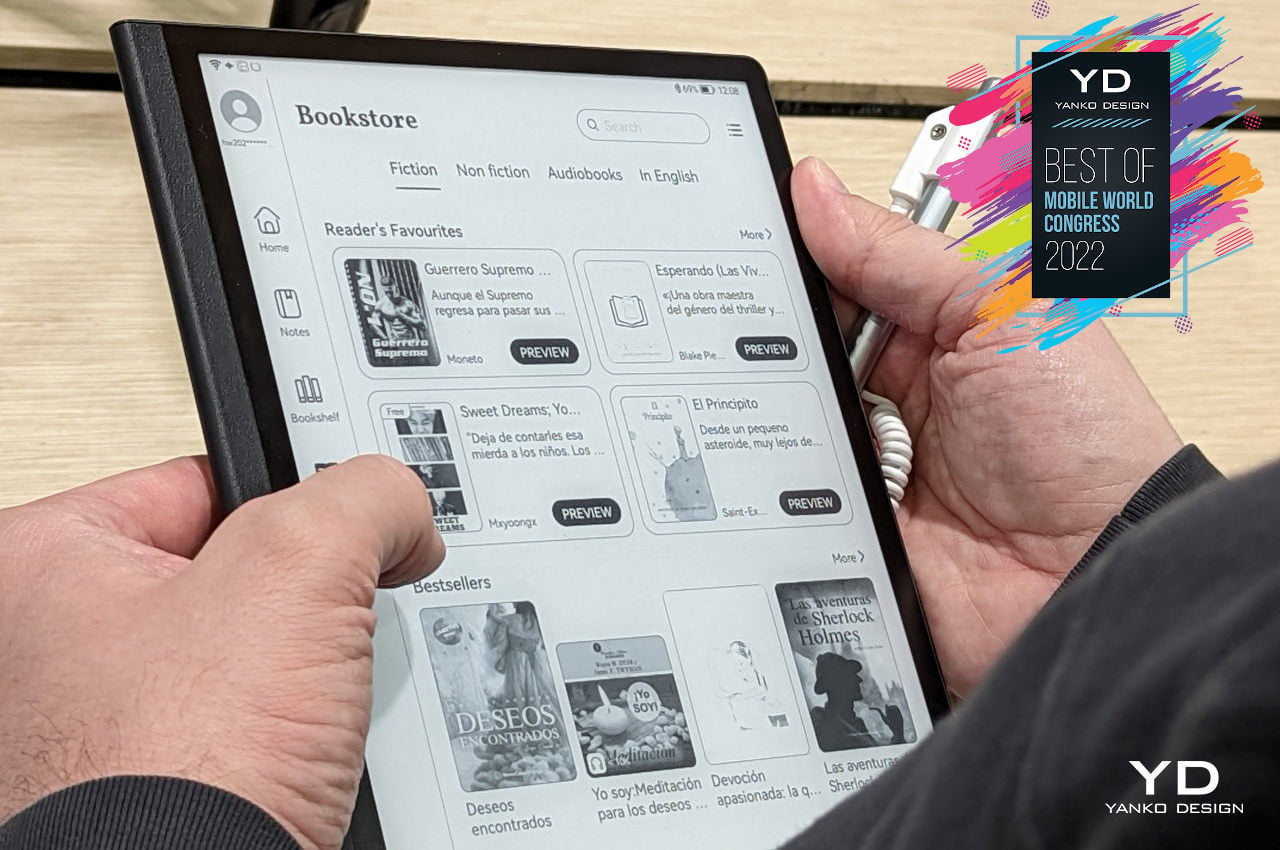
The Huawei MatePad Paper is designed primarily to be a notebook, and the software it has reflects that purpose. In addition to typical note-taking, it even has features for creating your own digital journal and copying content directly from a Huawei laptop. It can also record audio while you’re jotting down notes and play it back later when you need more than just a visual reminder. Its lightweight and portable design makes it an almost perfect companion to keep your design ideas and references, and its simpler functions, at least compared to a tablet, leave very little room for distractions as well.
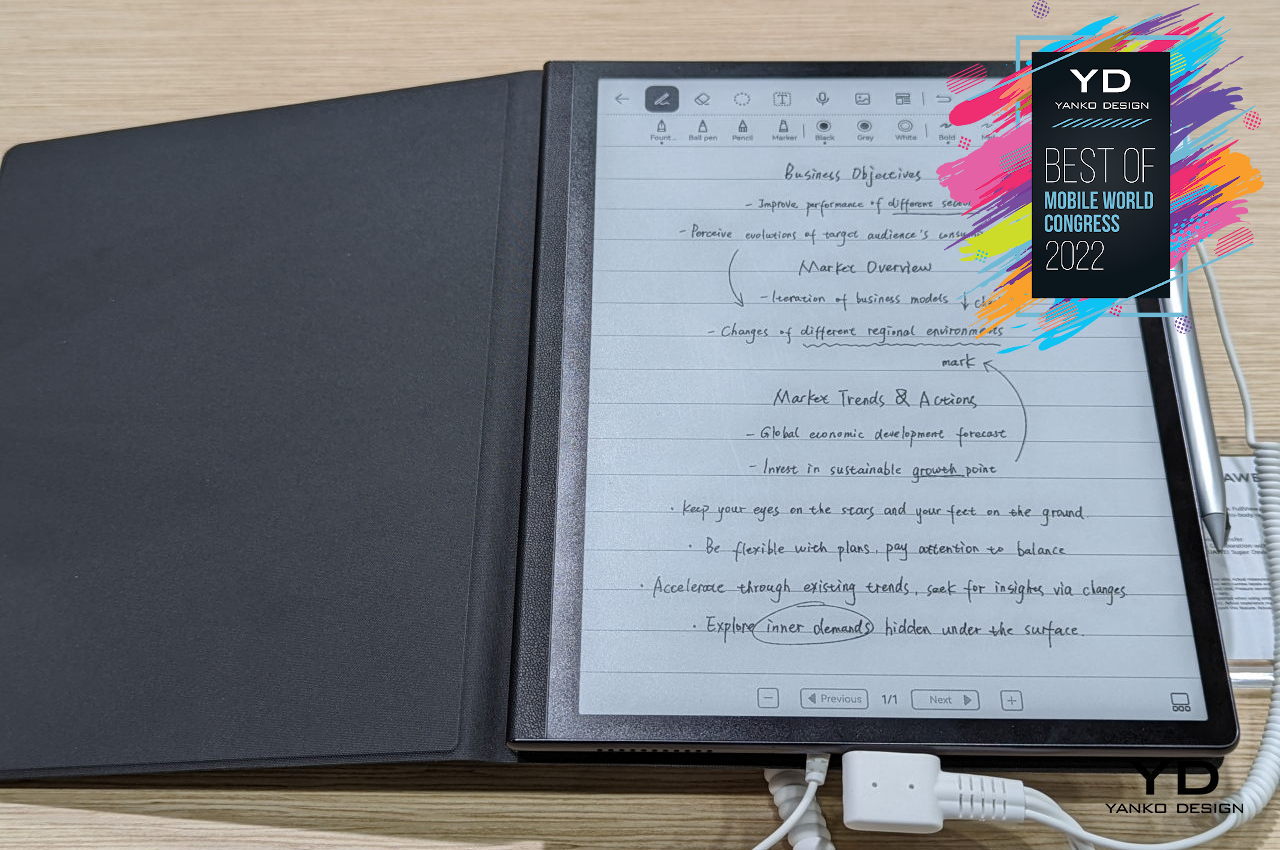
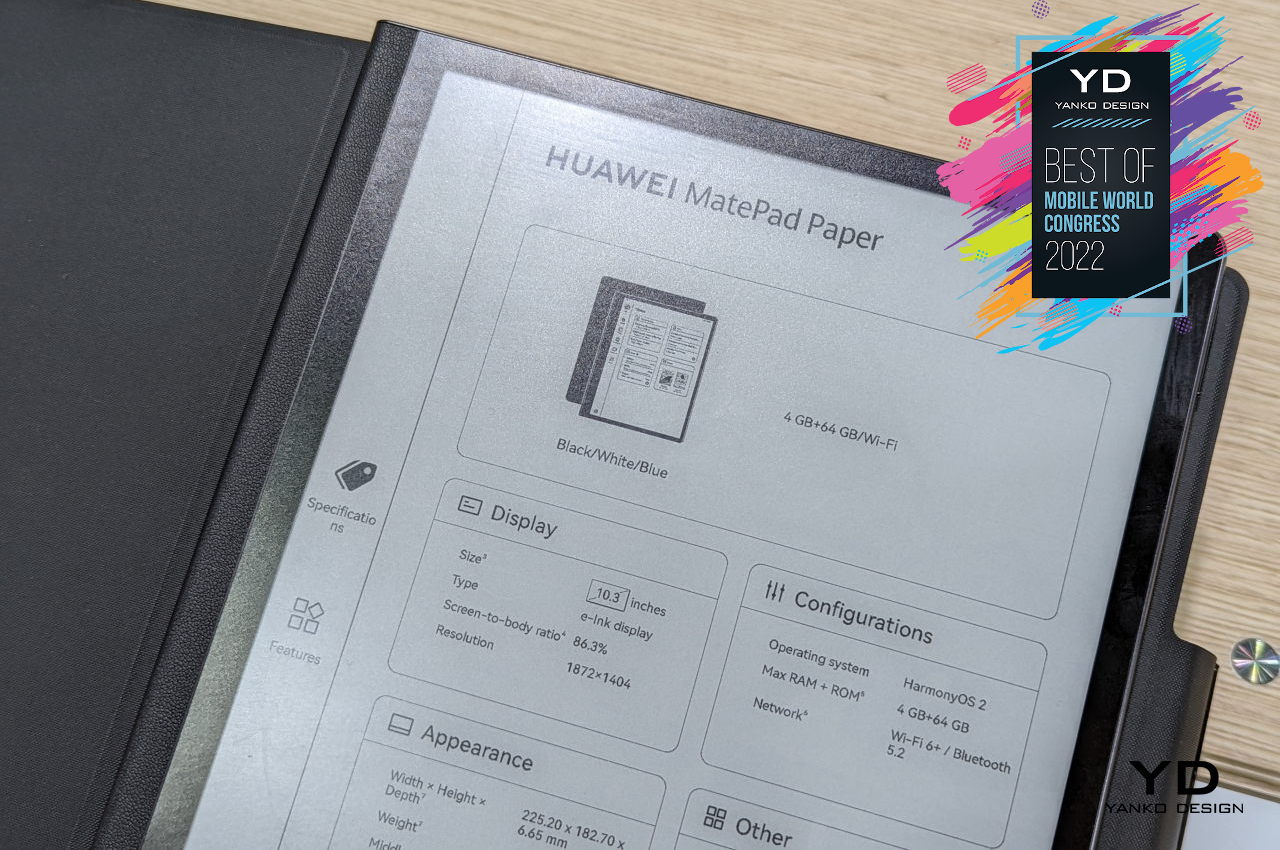
Designer: Huawei
5. HTC Viverse
The Metaverse is everywhere, at least when it comes to marketing and buzzwords. Just like the early days of the cloud, the term is still a bit hard to qualify and quantify in its current form. This, of course, leaves the doors wide open for any interpretation, implementation, and vision. Despite its name, Meta, formerly known as Facebook, doesn’t have a monopoly on the Metaverse (at least not yet), and its rival in the VR space is putting down some stakes on the ground to claim a bit of that space.
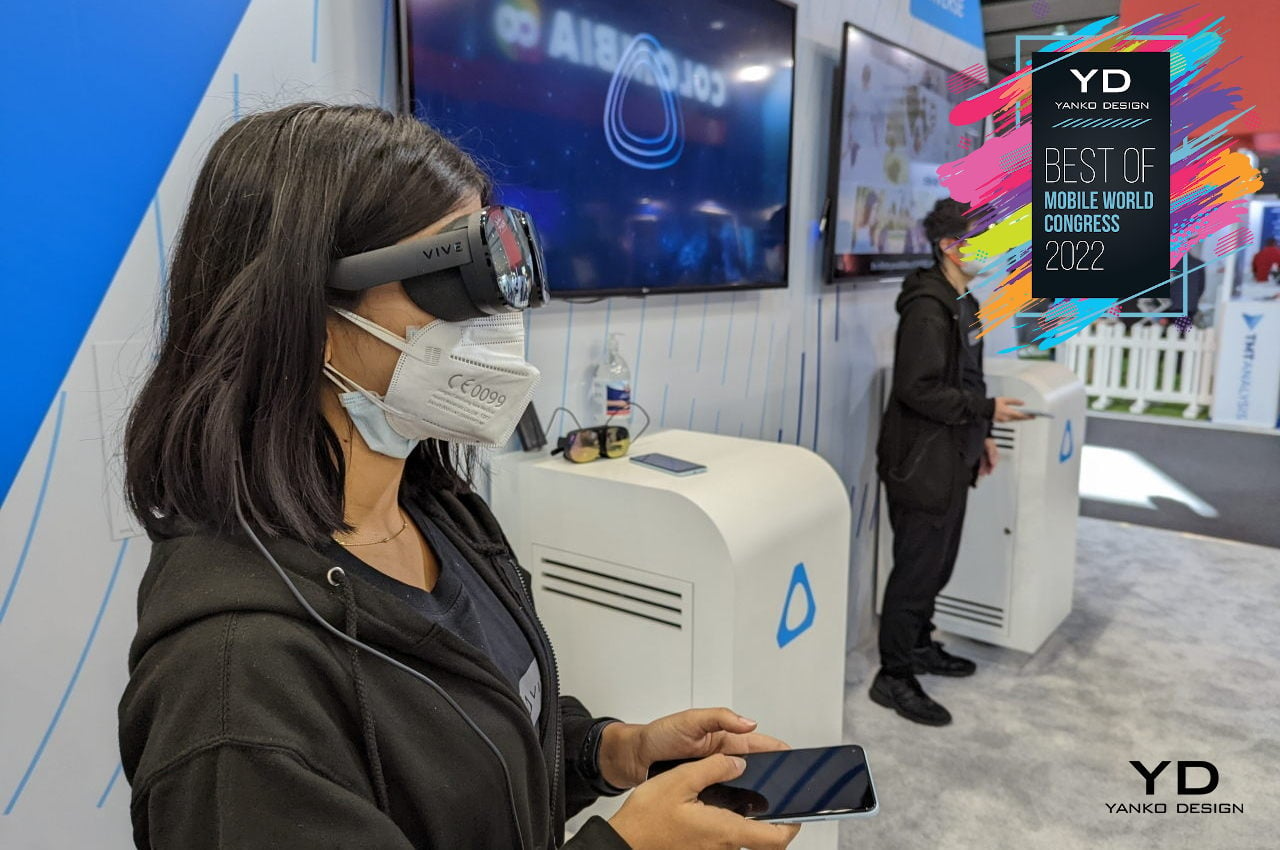
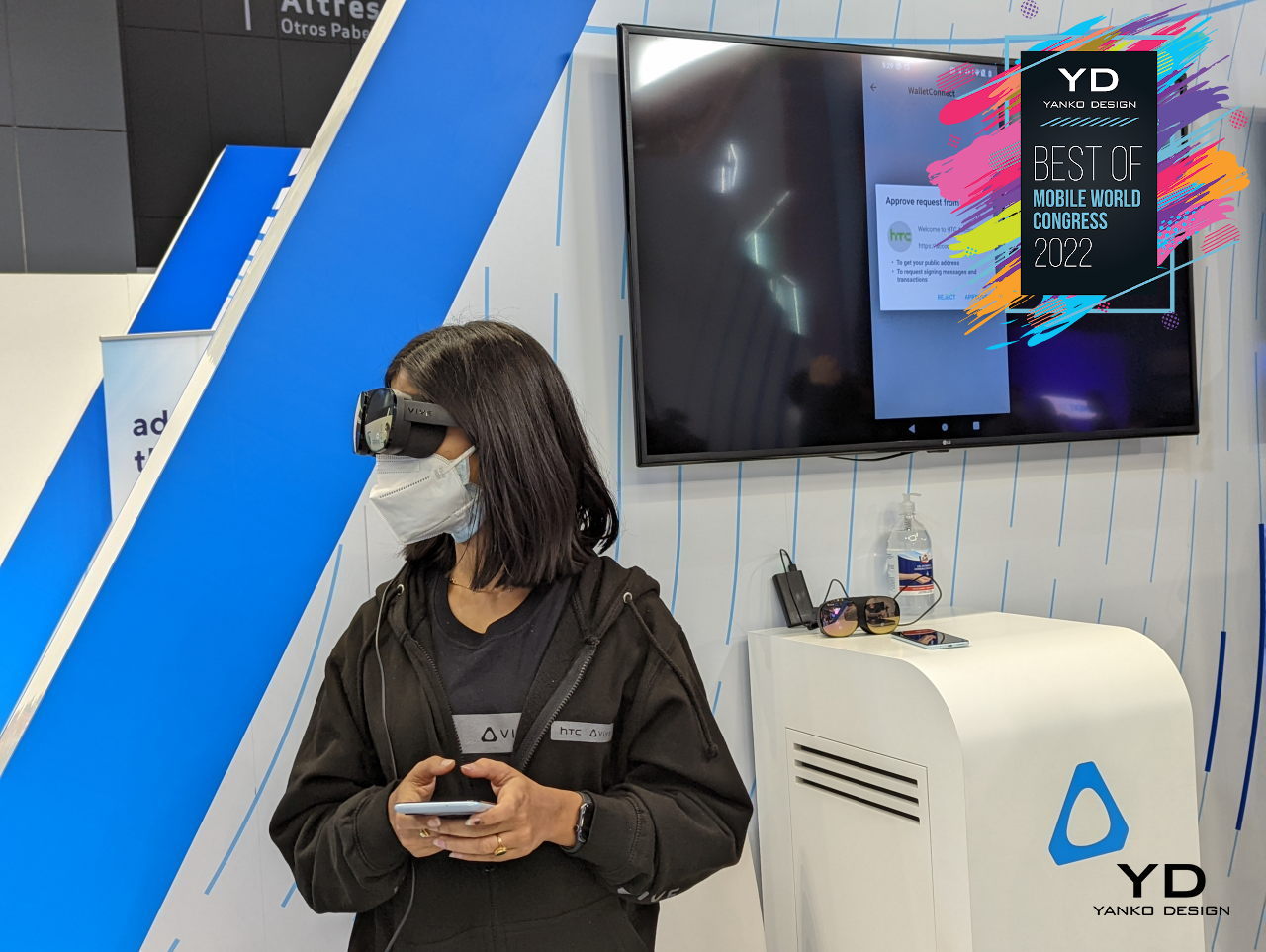

HTC’s Viverse is still a work in progress, but its ambition is no less grand than others. Its Vive VR platform already laid the groundwork for some Metaverse-compatible experiences, like holding events and meetings in virtual worlds. It is also envisioning more interactive experiences, like buying or paying for goods using cryptocurrencies and, of course, buying NFT art.
What makes the Viverse more encompassing is that HTC isn’t stopping with its Vive VR platform. Ideally, the Metaverse experience will extend to almost any device with a screen, like a smartphone, a tablet, or even a computer with a web browser. Without this seamless cross-platform experience, the Metaverse will be limited to a few people that have no problems wearing headsets or eyewear all the time, which doesn’t really sound Metaverse-like.
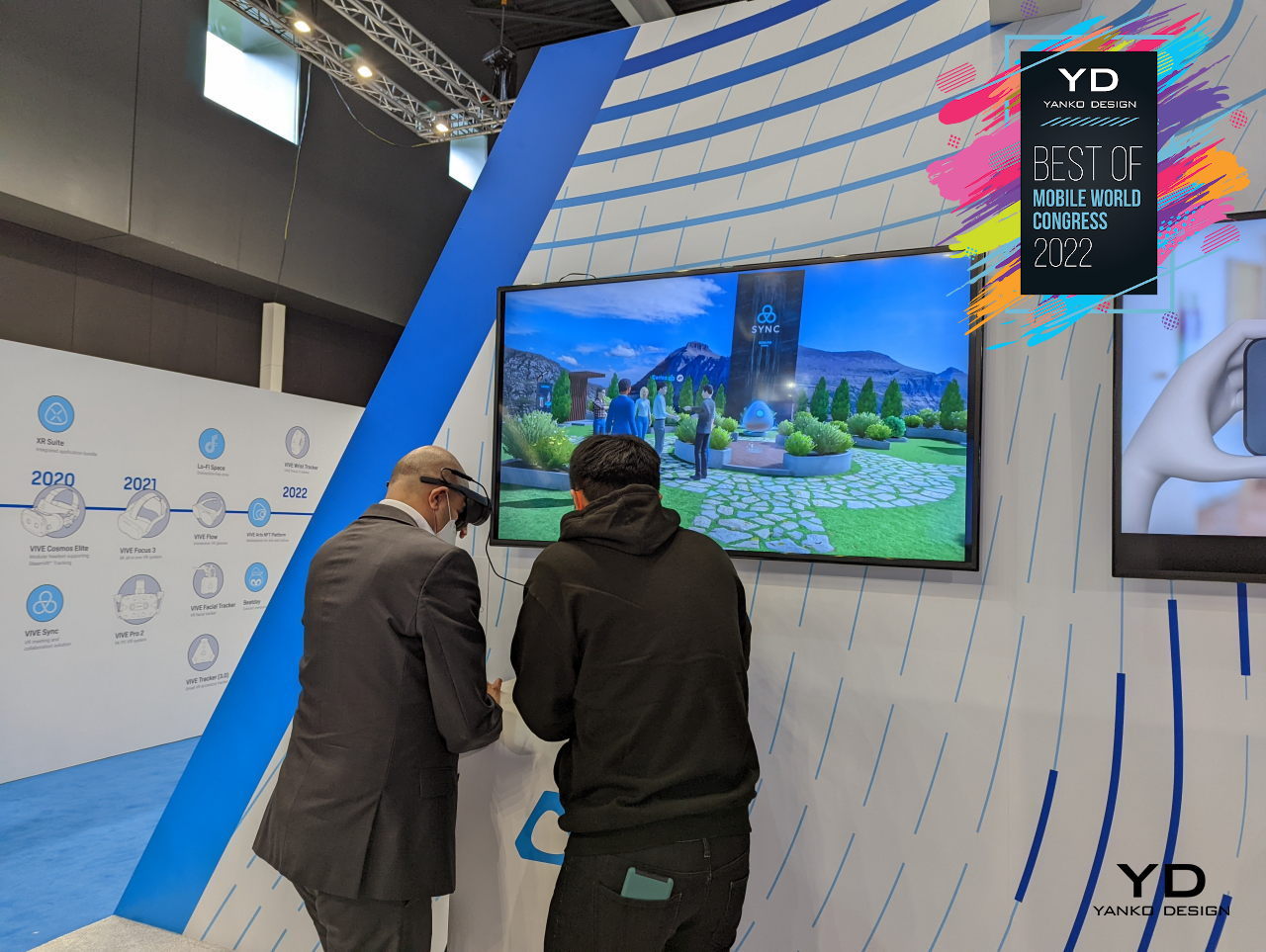
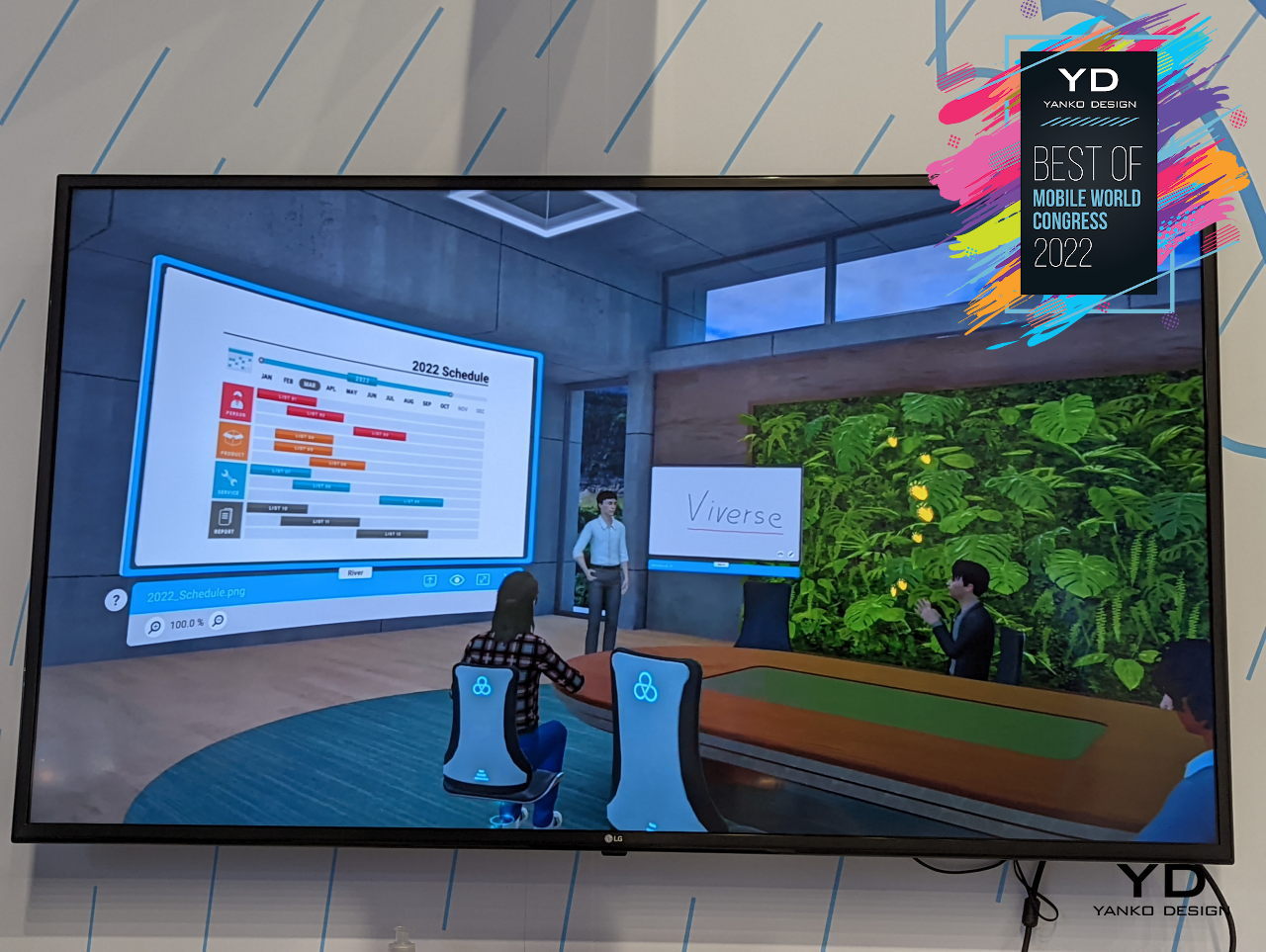

Designer: HTC Vive
6. Lenovo ThinkPad X13s
Let’s face it, most laptop designs don’t exactly excite, especially when they look like any other laptop in the market. Although there are a few that do stand out, they are far and few in between. When Lenovo announced a host of new laptops at MWC 2022 this week, we almost gave it a pass, but one new entry piqued our curiosity in more ways than one.
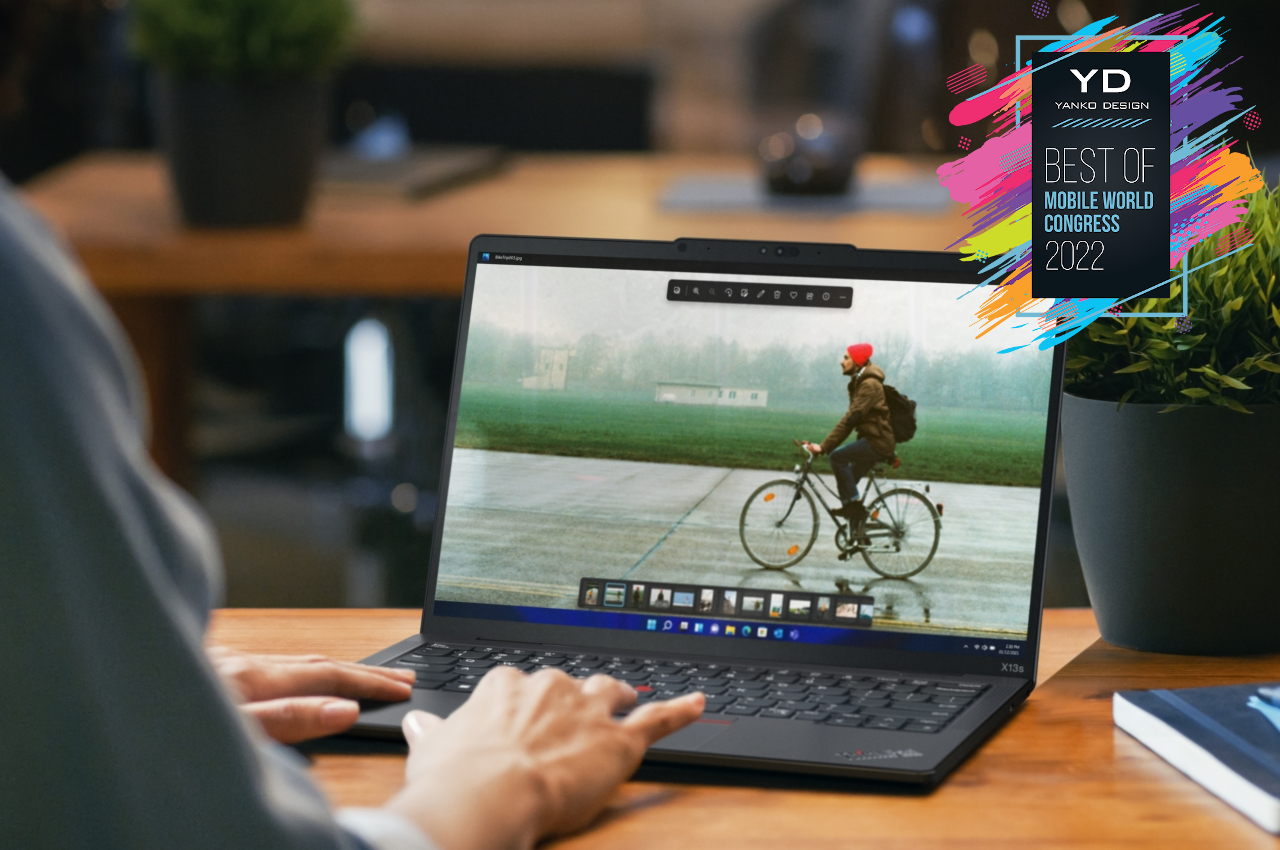
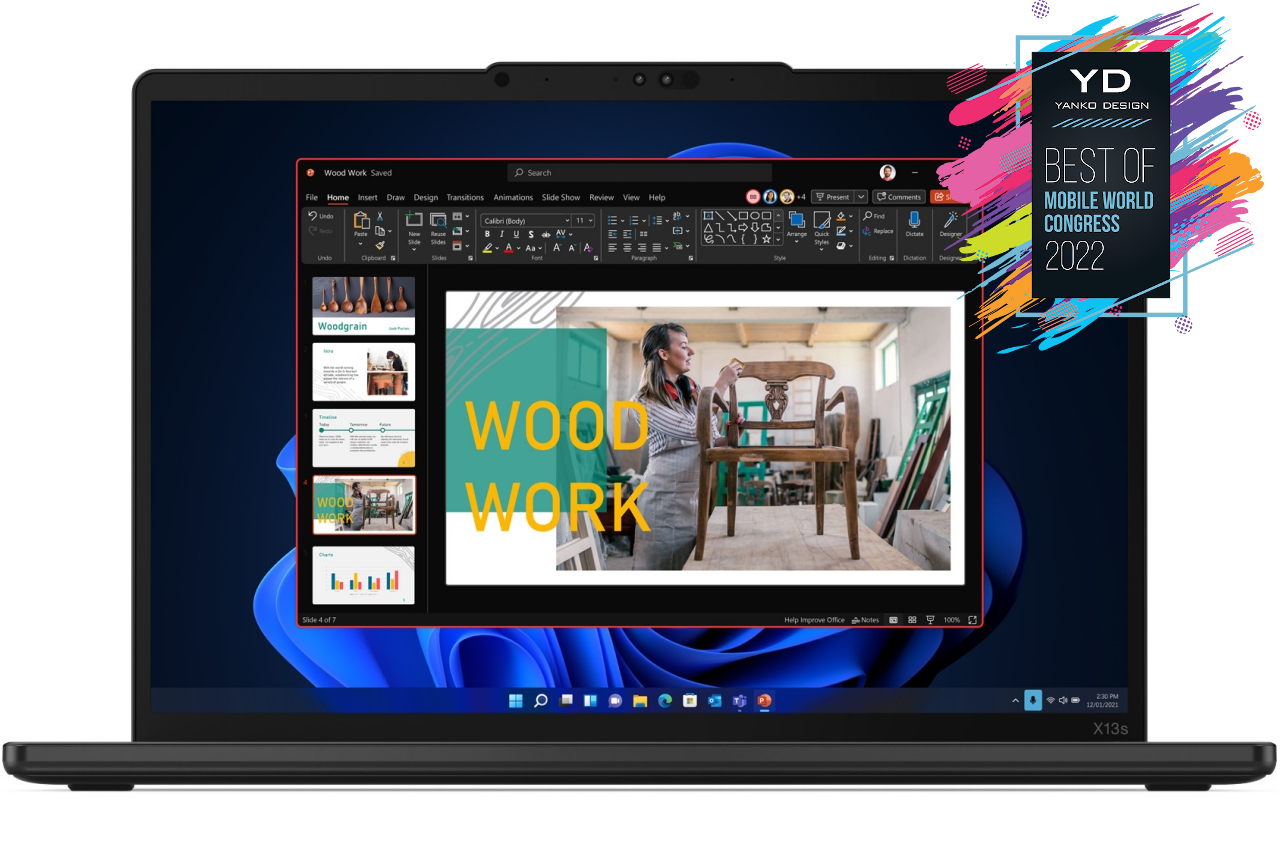
The Lenovo ThinkPad X13s has the distinction of being the first ThinkPad to be powered by an ARM Snapdragon processor, a glowing recommendation considering the strength of Lenovo’s brand. With the attention that Apple’s M1 chip has been getting since it launched, there has been a great deal of interest in seeing more Windows laptops running on this platform.
What this means for designers is that the ThinkPad X13s will last longer than most other laptops on a single charge. This translates to longer working times away from a power outlet and more freedom to work the way they want. There are still some problems with app compatibility with Windows on ARM, but staples like Adobe’s suite and ZBrush are completely supported already.
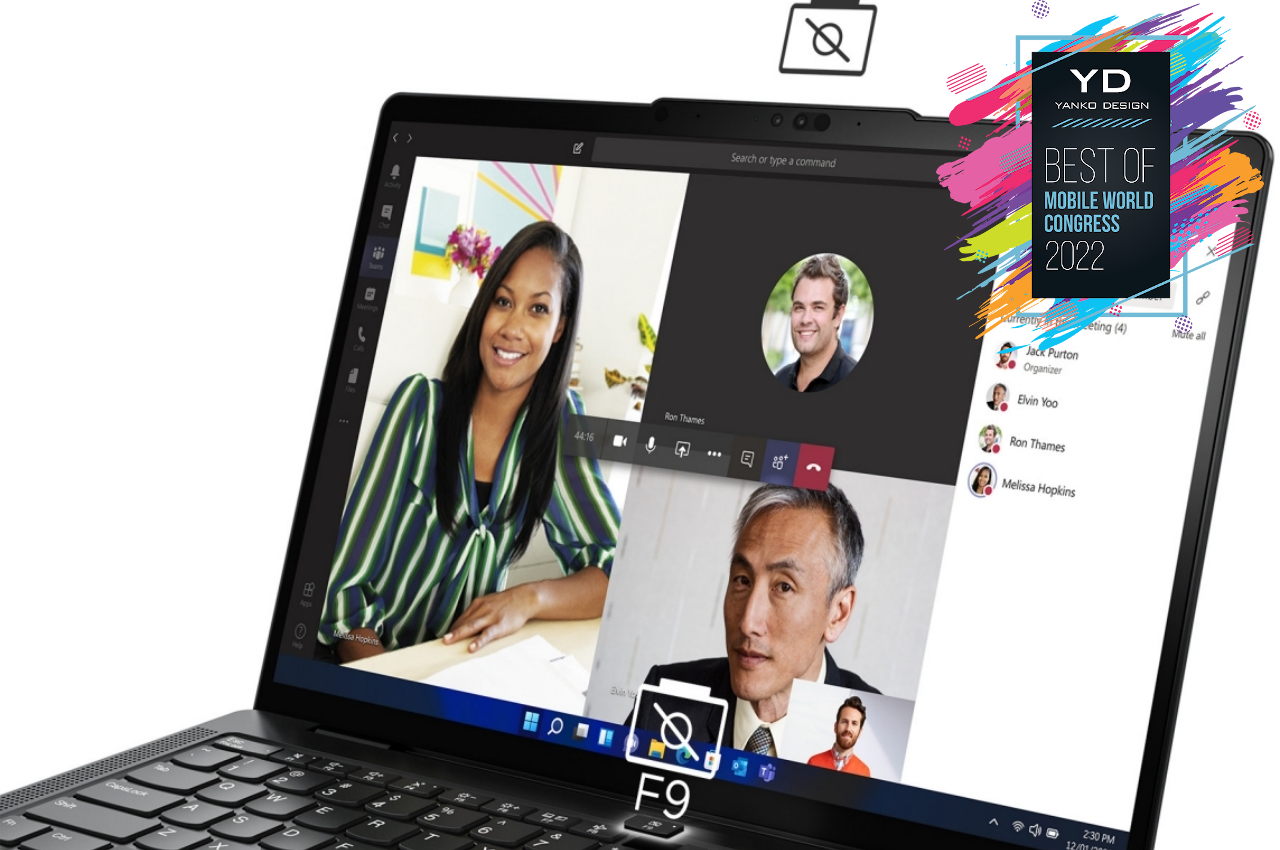
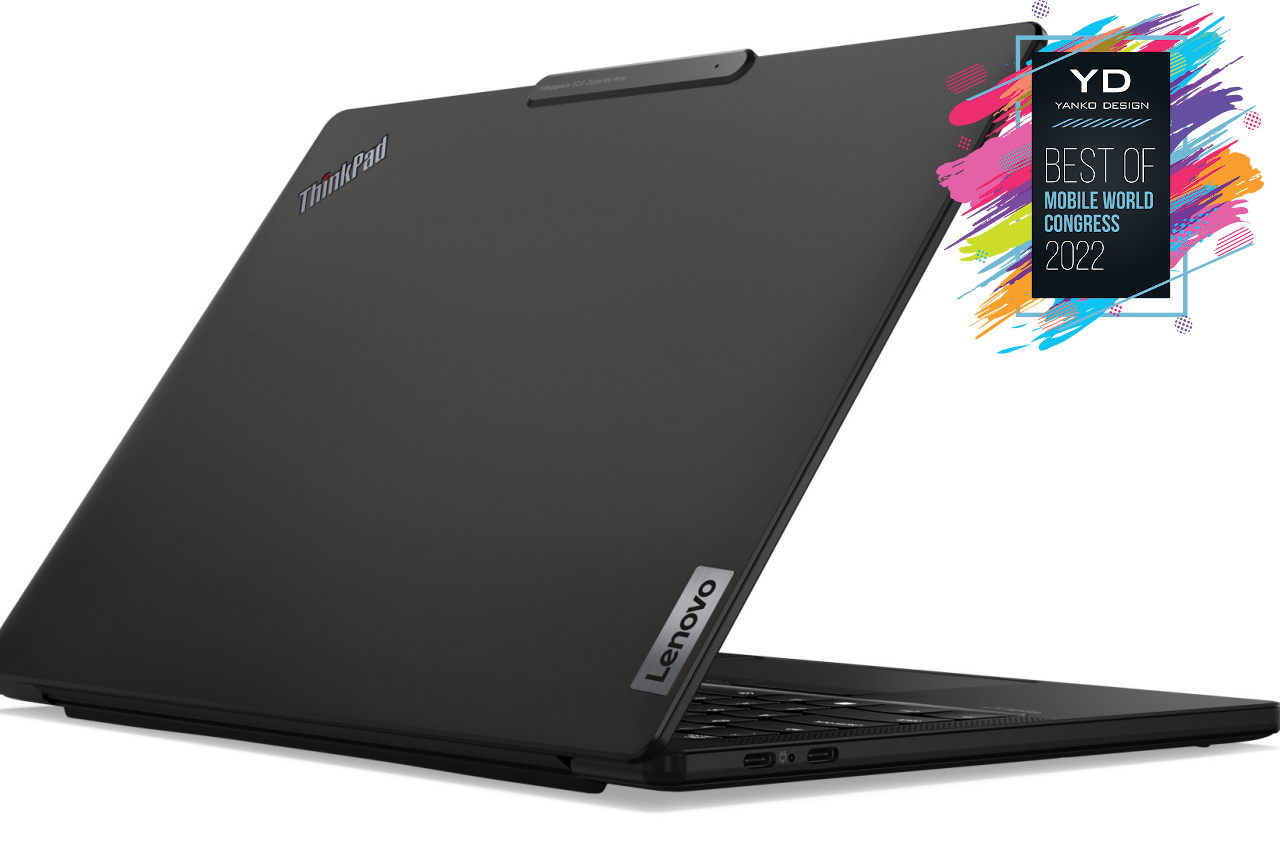
The ThinkPad X13s also has a rather intriguing design that could be best described as a “reverse notch.” Instead of going the way of the latest MacBook Pro, Lenovo opted instead to have a bit of a lip at the top of the screen to accommodate the camera and security hardware. That said, the bezels around the screen are still on the thick side, so there doesn’t seem to be anything gained from that unusual design.
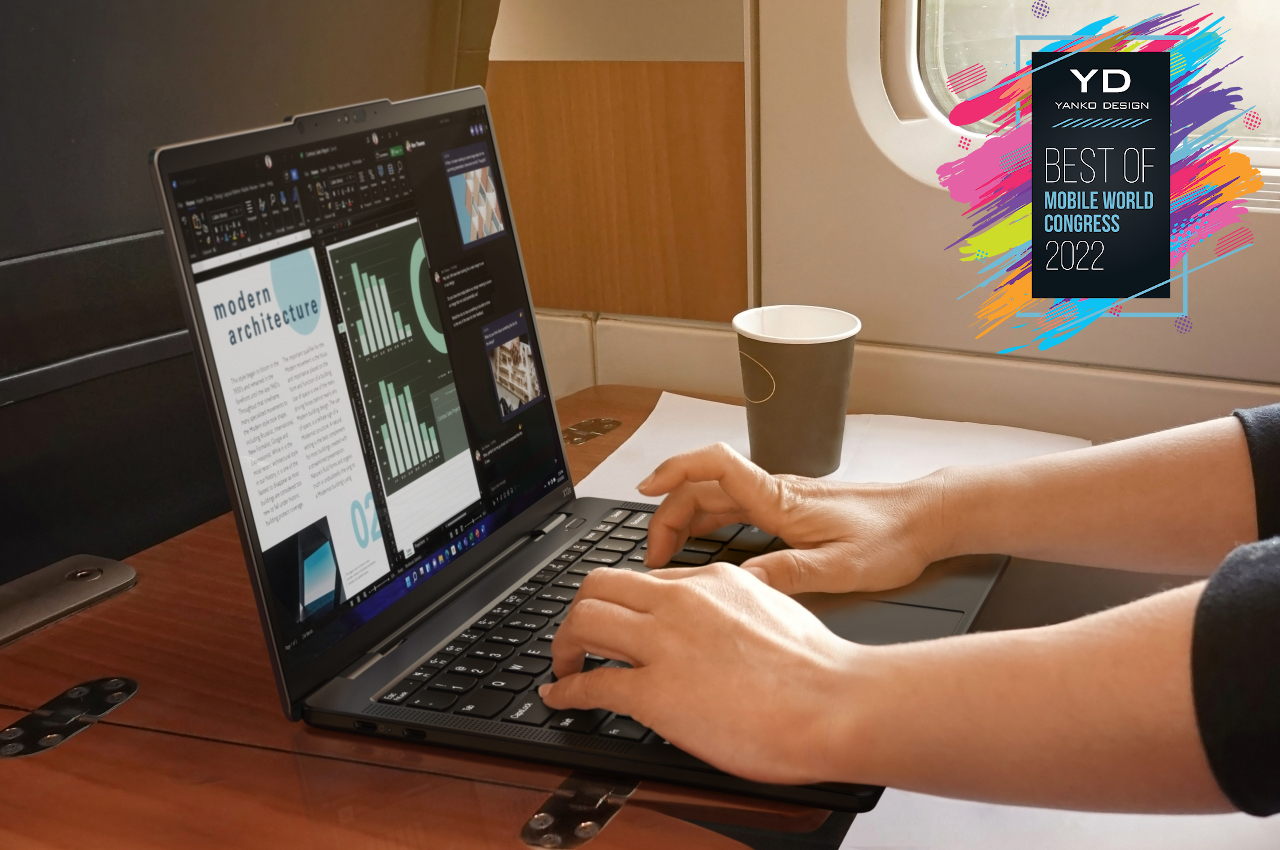
Designer: Lenovo
7. Prinker
We’ve already seen the Samsung-backed Prinker make its debut back in CES 2022 last January, and it has returned to once again show how well-thought design can also be fun and whimsical. Basically a handheld inkjet printer in the shape of a gigantic ink cartridge, Prinker offers almost endless fun in putting temporary tattoos on almost any part of your body.
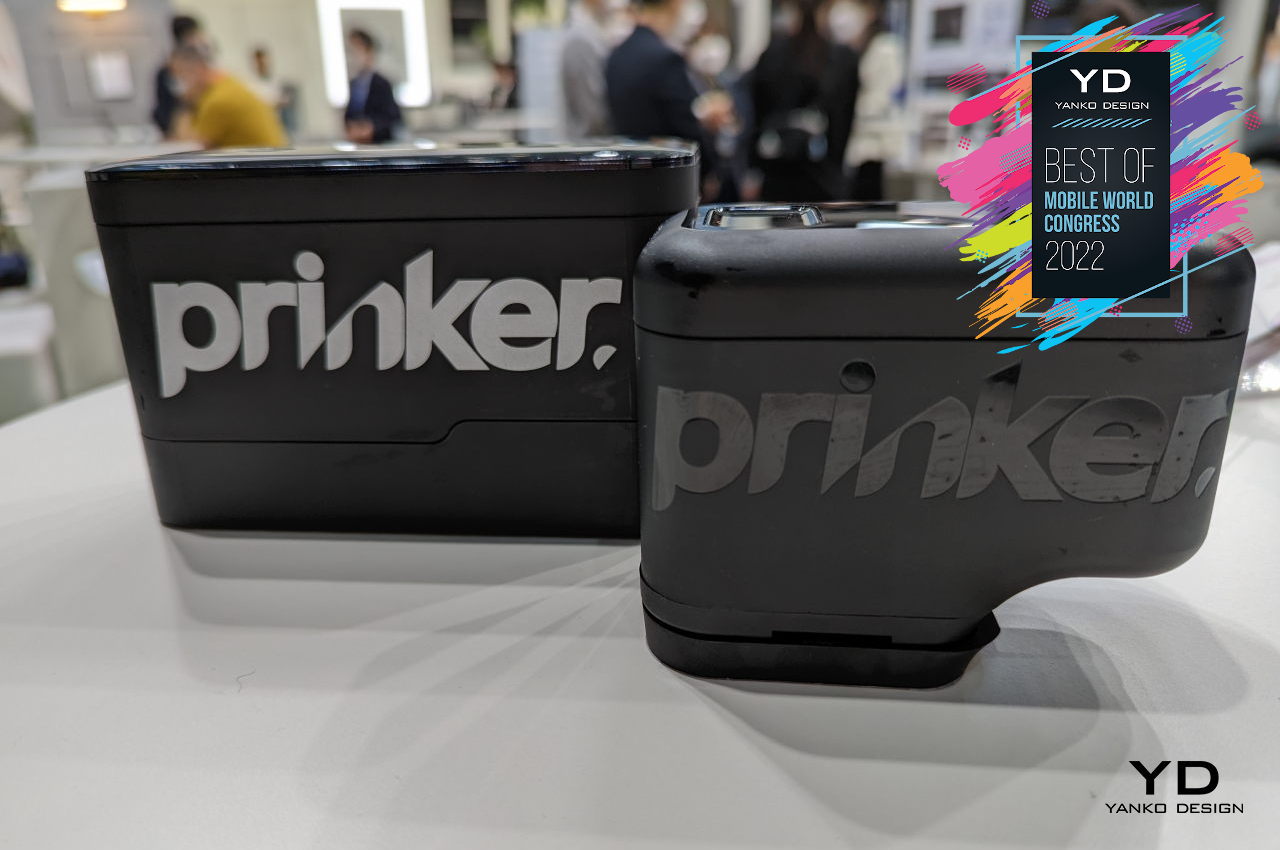

What makes this product special is that it combines existing ideas and technologies in a way that creates a totally new experience, the marks of a great product design. Plus, it’s also fun and safe, a win-win situation for young people craving to add a bit of personalization and identity, even at the wildest of parties.
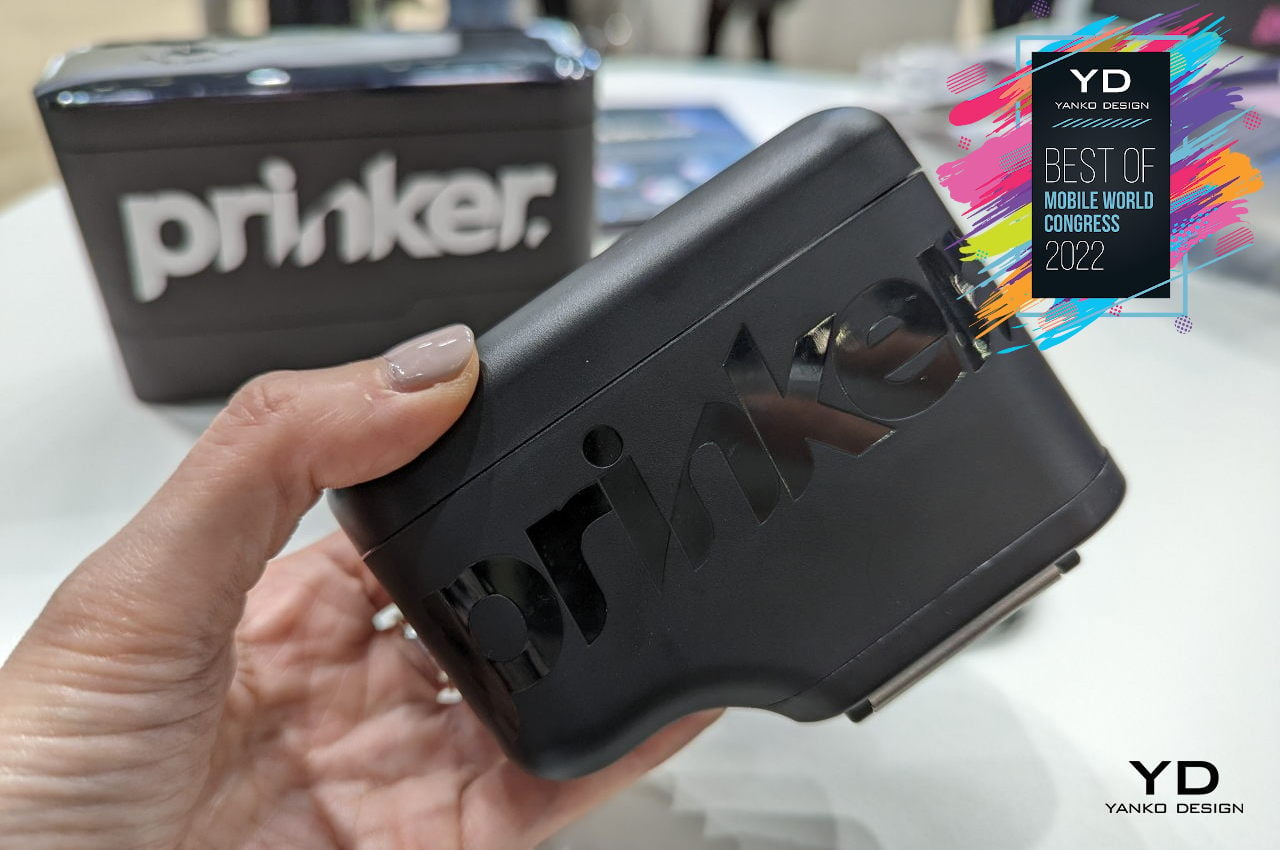
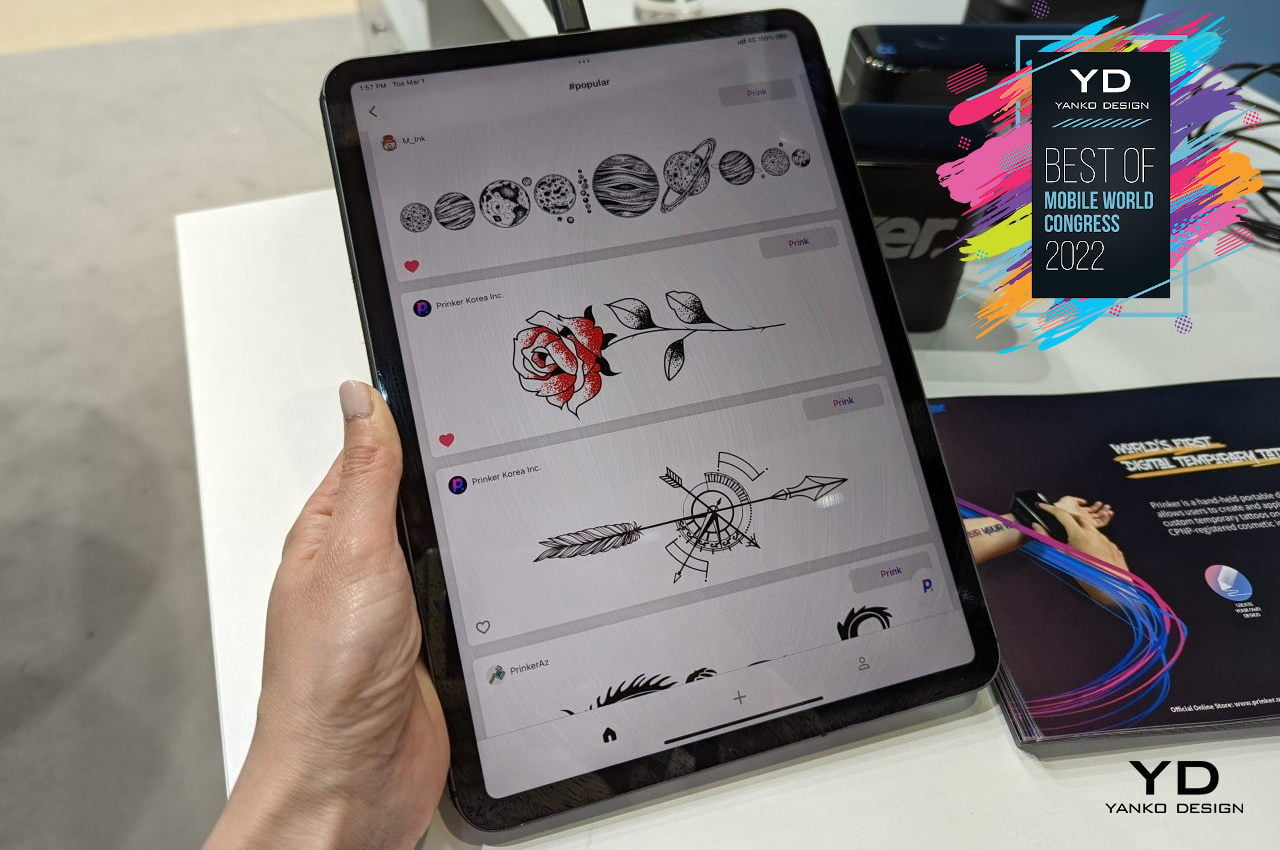
Designer: Prinker (Samsung)
8. Fauna
Sometimes, the best solutions are also the simplest and the most inconspicuous. That’s the kind of solution that Fauna’s audio sunglasses try to offer, solving multiple problems with a single and stylish product. Part eyewear and part open ear headphones, Fauna lets you enjoy your music while keeping safe and looking great, all at the same time.
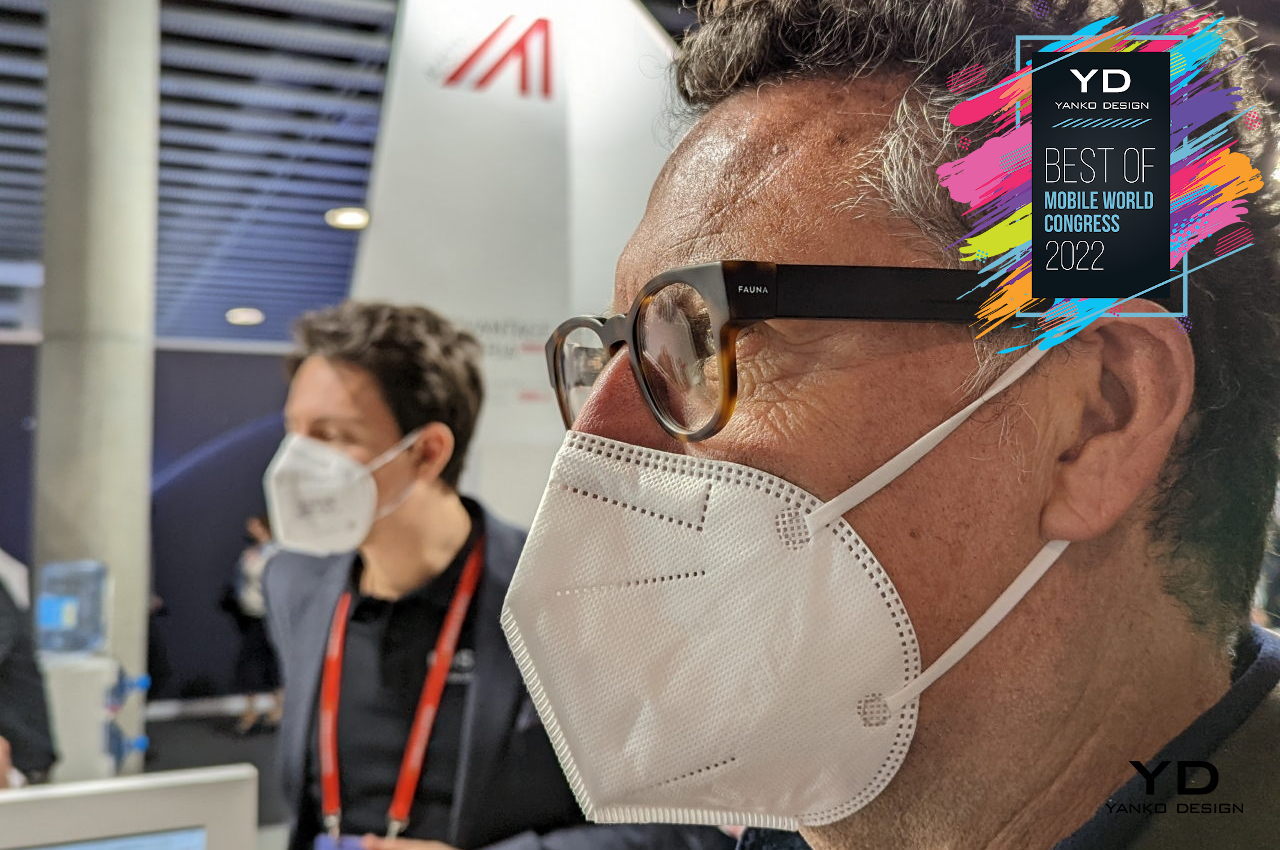
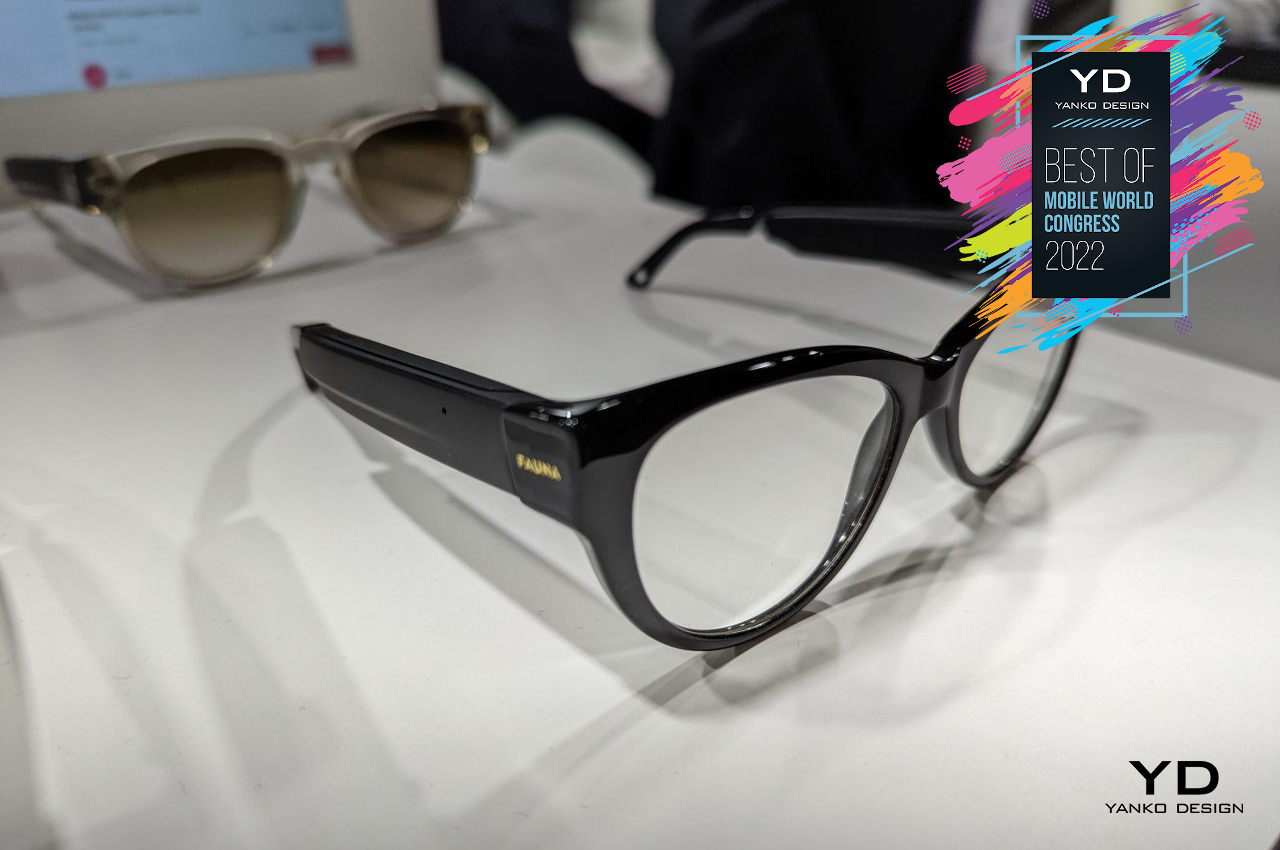
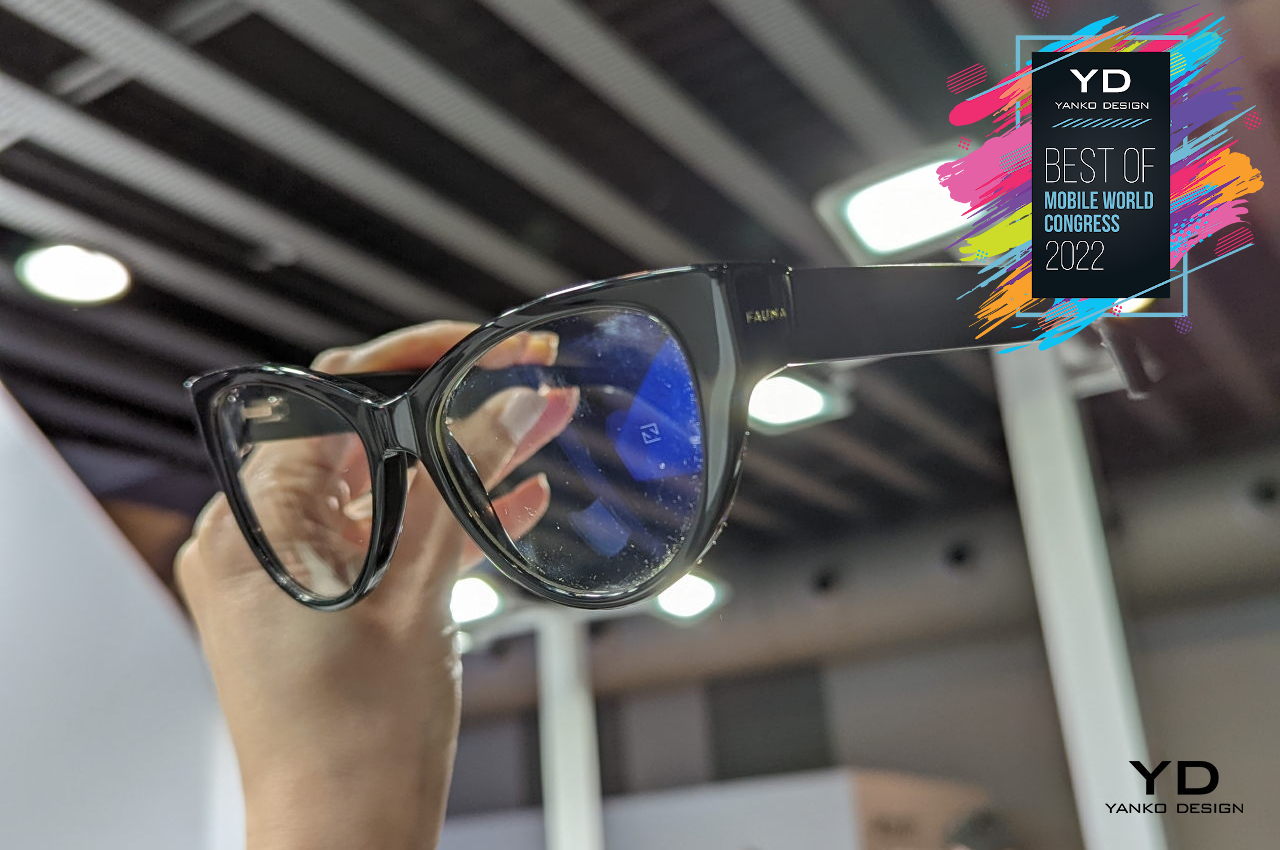
This kind of integrated solution will be critical in the next few years, especially as technology becomes even more deeply embedded in our lives. Ordinary objects like eyeglasses, rings, and even clothing will soon be connected to a network thanks to technologies like 5G (or 6G even), flexible screens, and wearable circuitry. These, in turn, will pave the way for the so-called Metaverse to become as normal and as ordinary as the real universe.
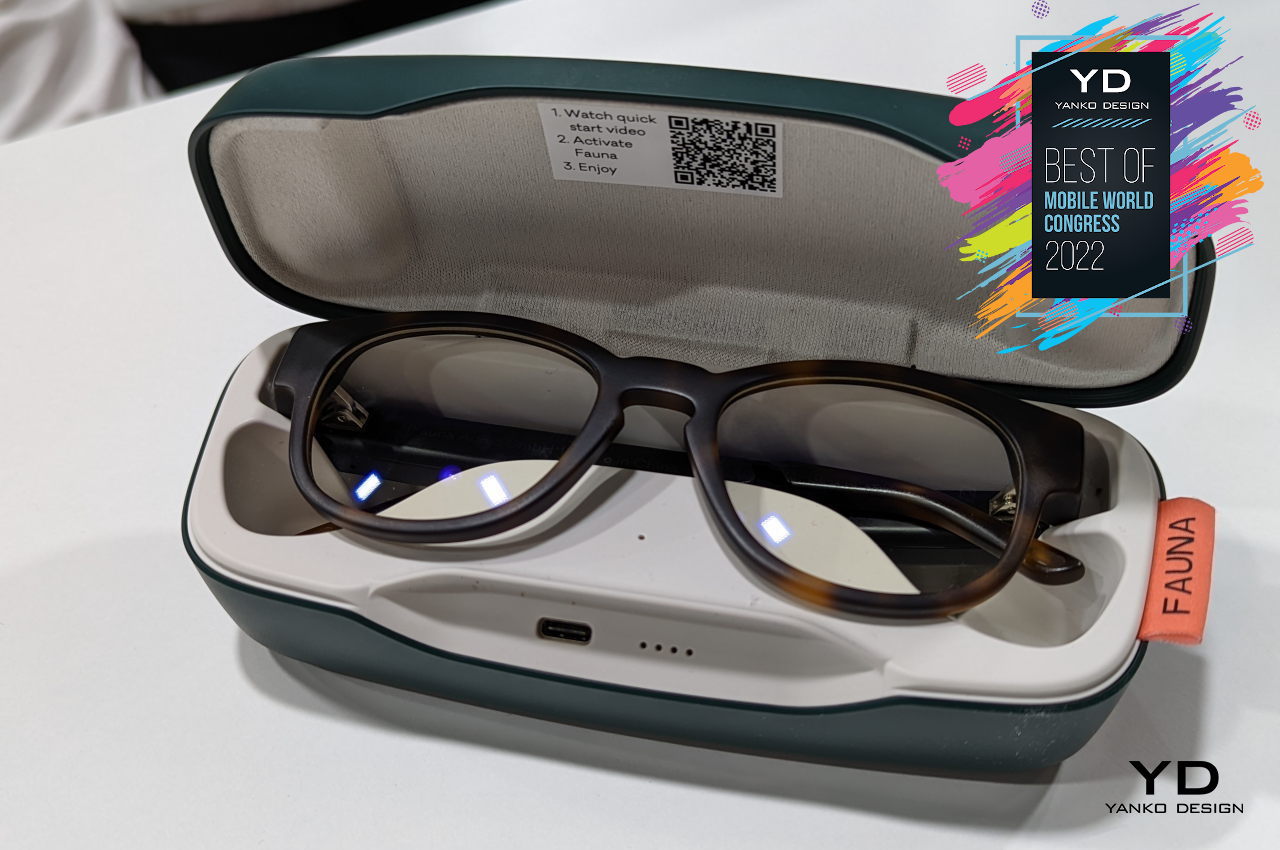
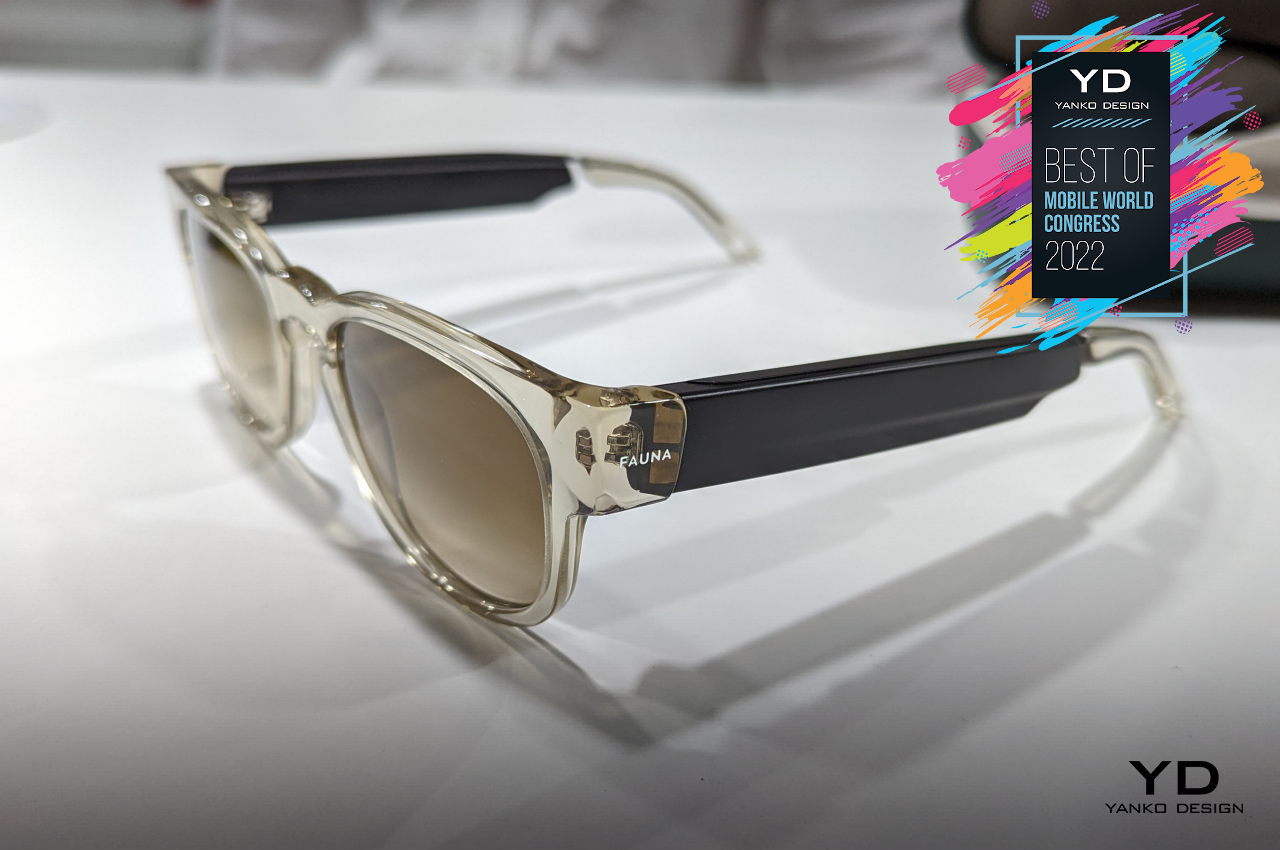
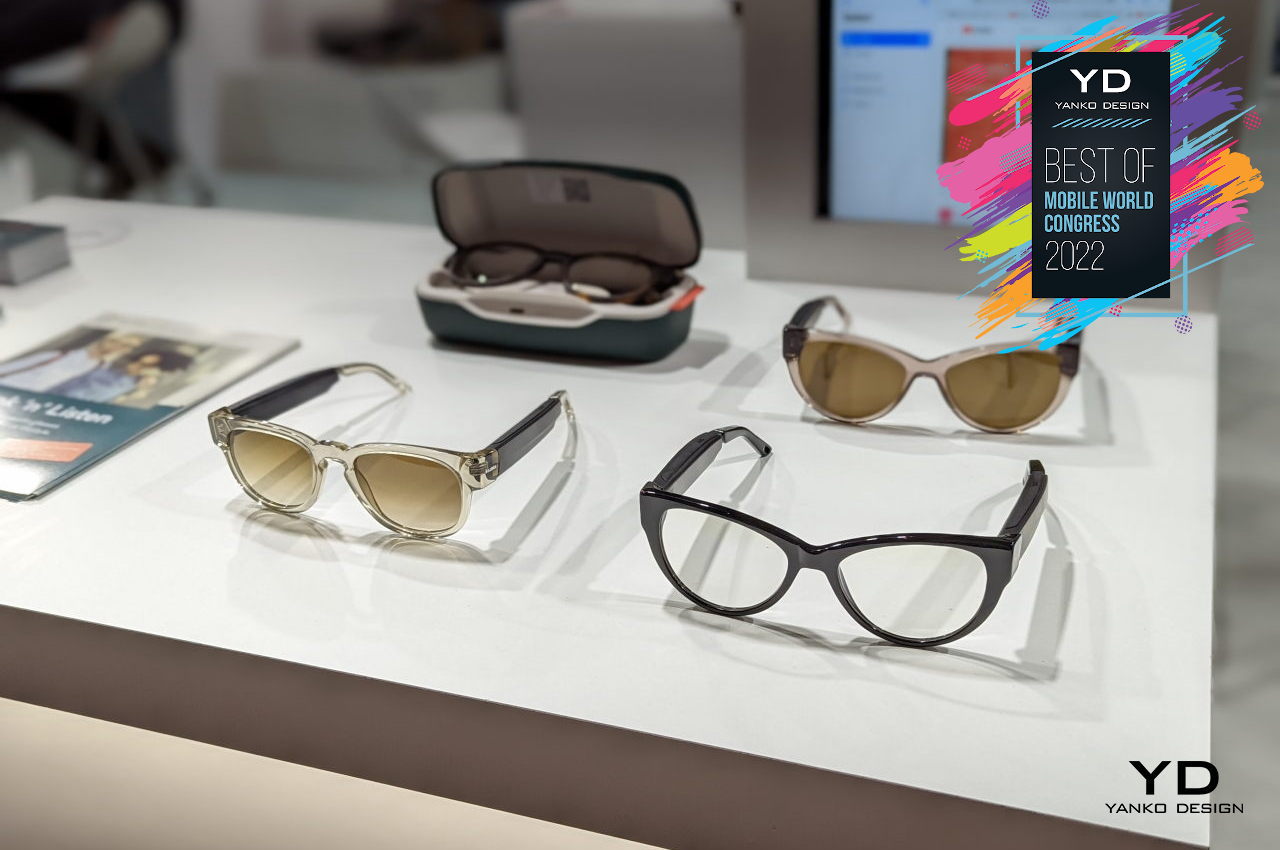
Designer: Fauna
Wrap-up
Mobile technology and consumer devices have grown by leaps and bounds ever since the iPhone first came out more than a decade ago. Smartphones, tablets, and the accessories built around them have become almost unavoidable parts of modern life. There are no signs of things slowing down, which doesn’t bode well for humanity and the planet in the grand scheme of things. Fortunately, there are signs of things shifting for the better as well.
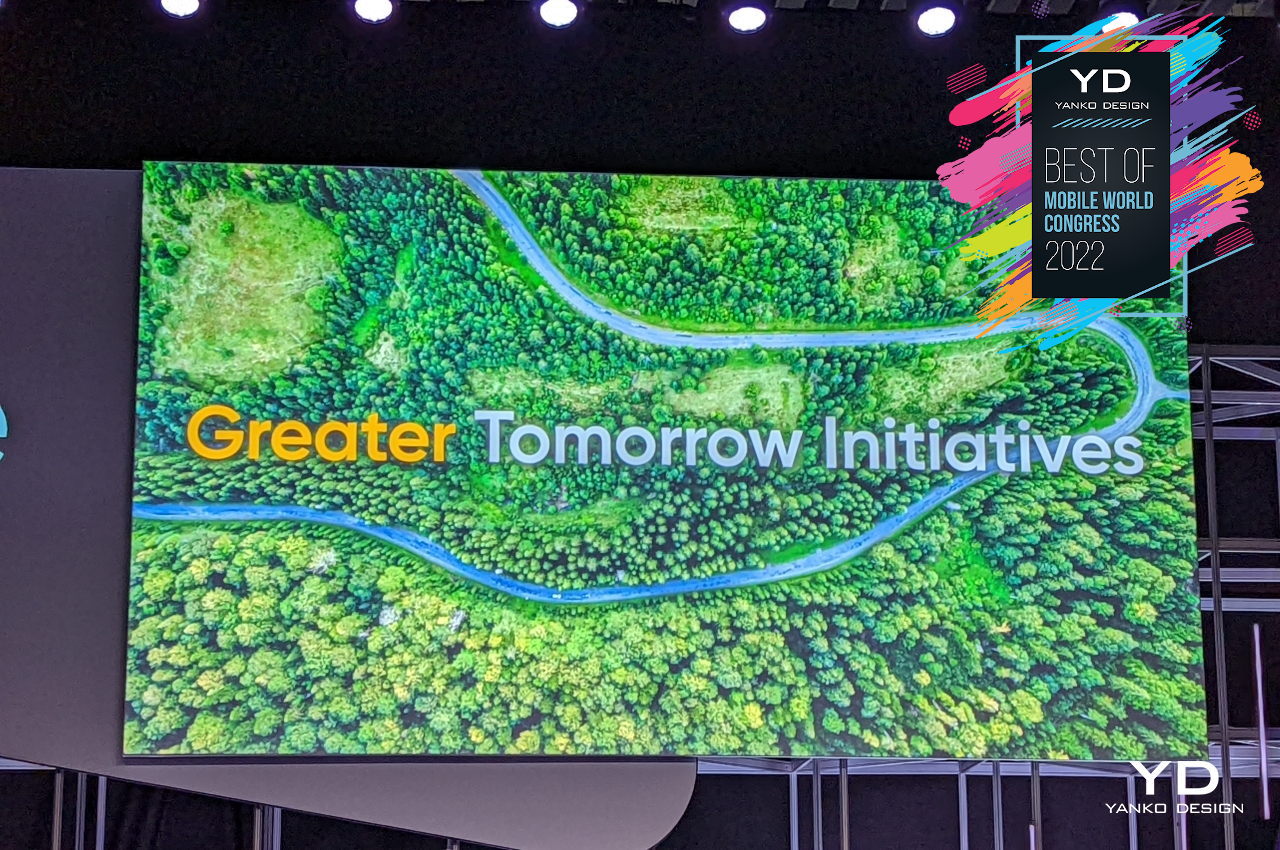
Just like at CES 2022, we saw positive indicators that both manufacturers and consumers are becoming more aware of how these devices have indirect effects on lives and the environment. From focusing on mental health in addition to physical fitness to embracing and promoting sustainable practices, the design of products, both physical and digital, are seemingly taking a turn for the better. While foldable phones, the Metaverse, and dozens of identical devices will continue to flood the market, there is at least some hope that the people pushing these products and technologies have grown more conscientious of the role they play in building a better future.



